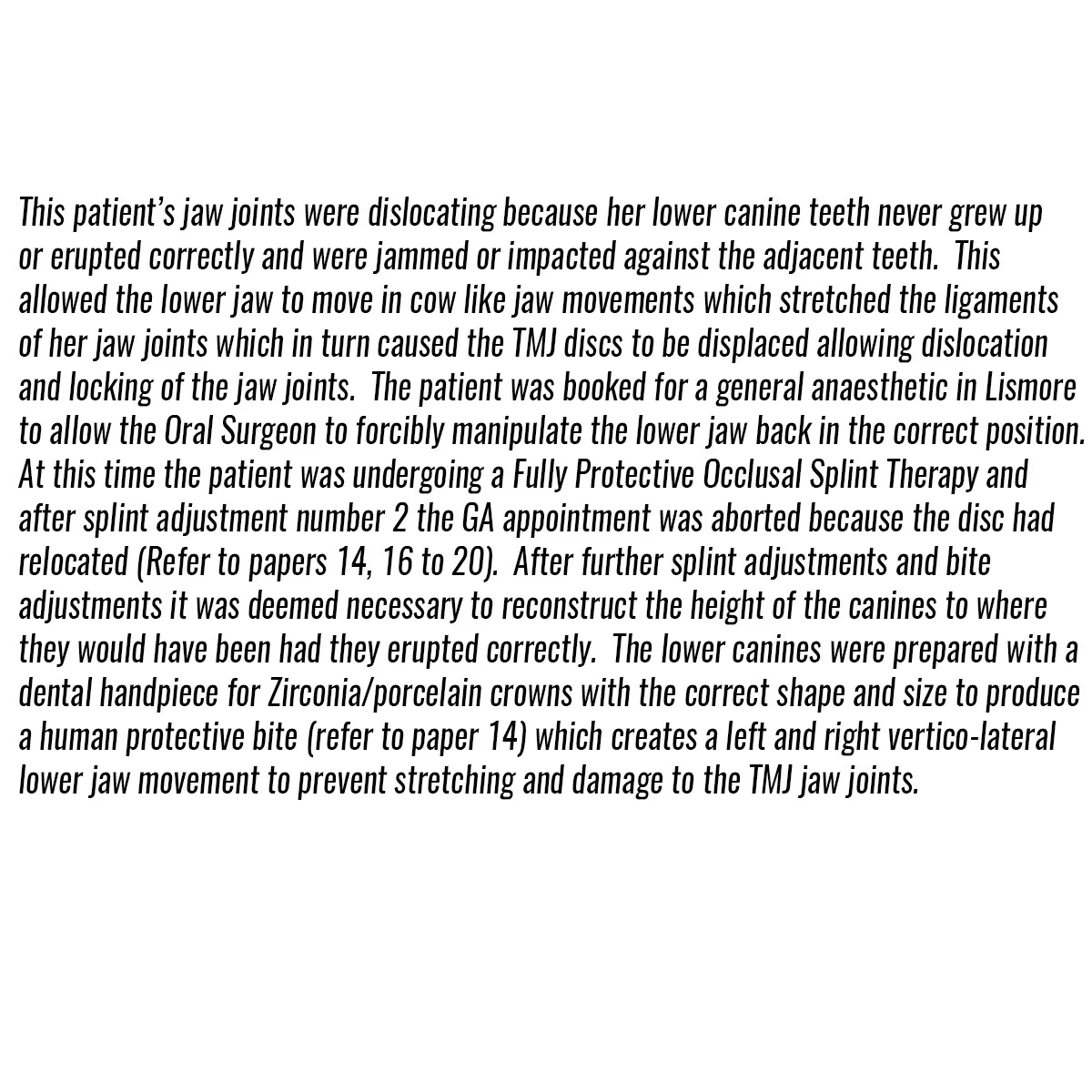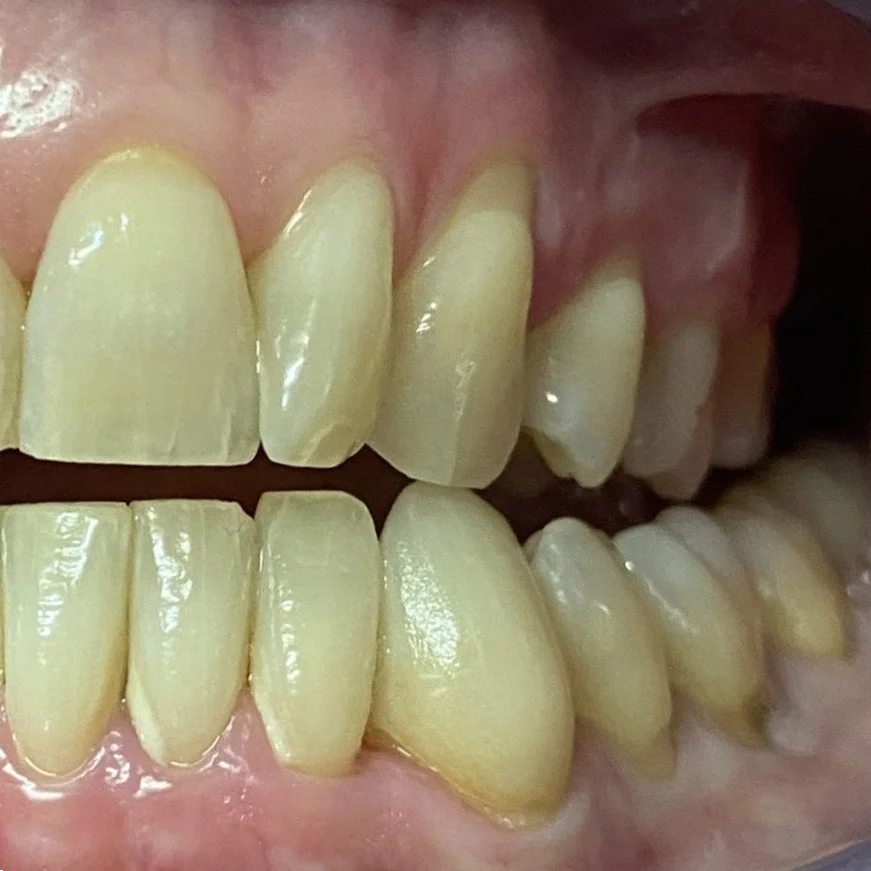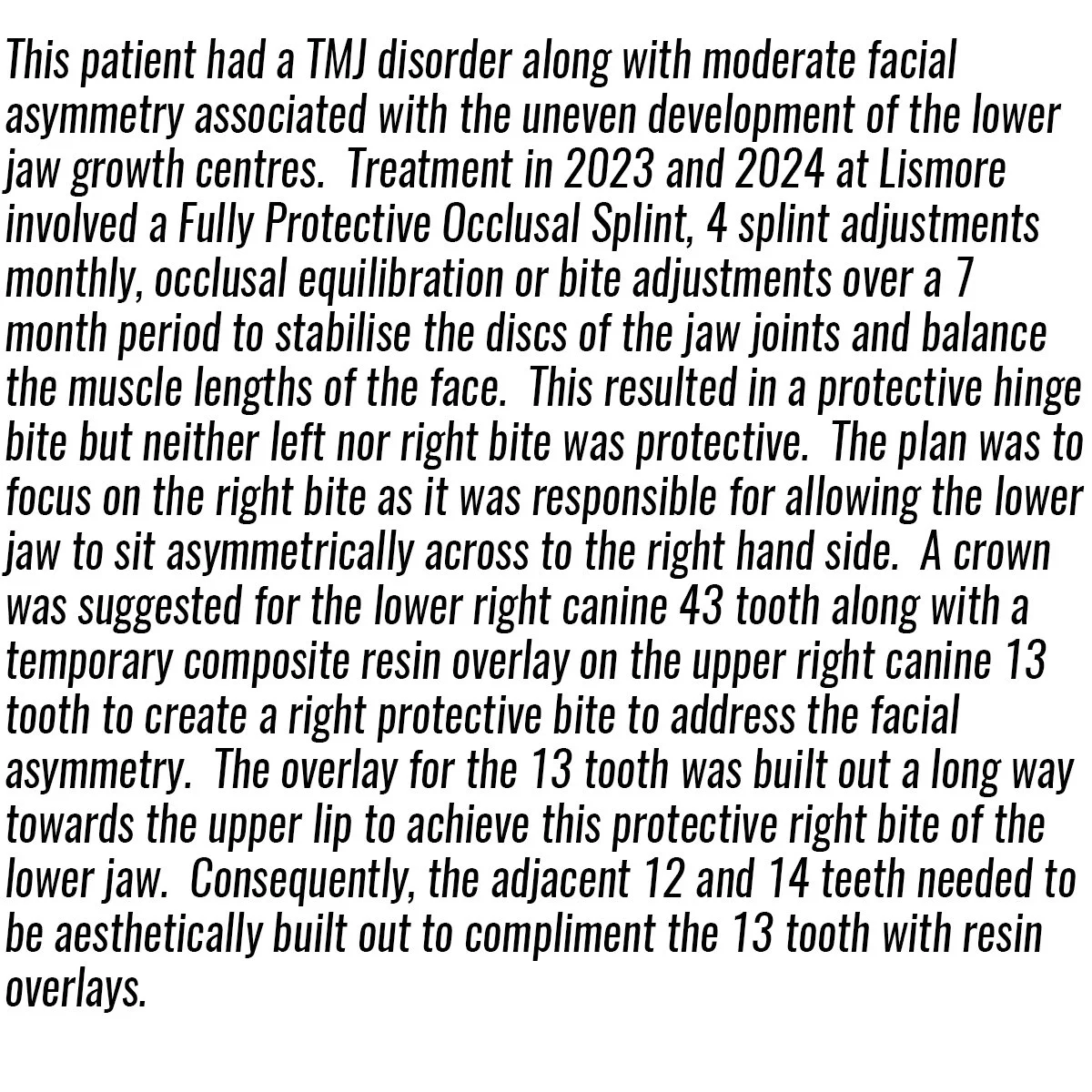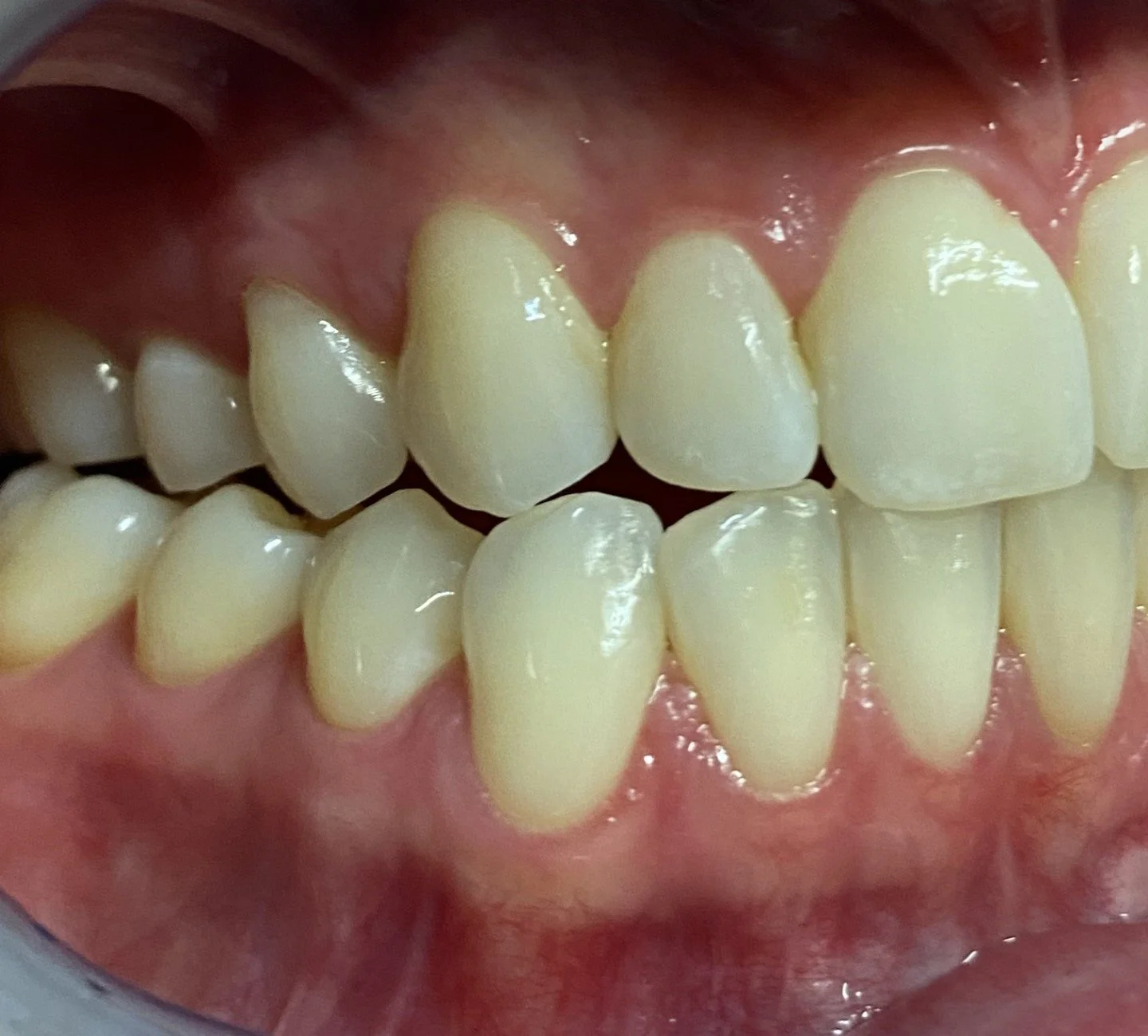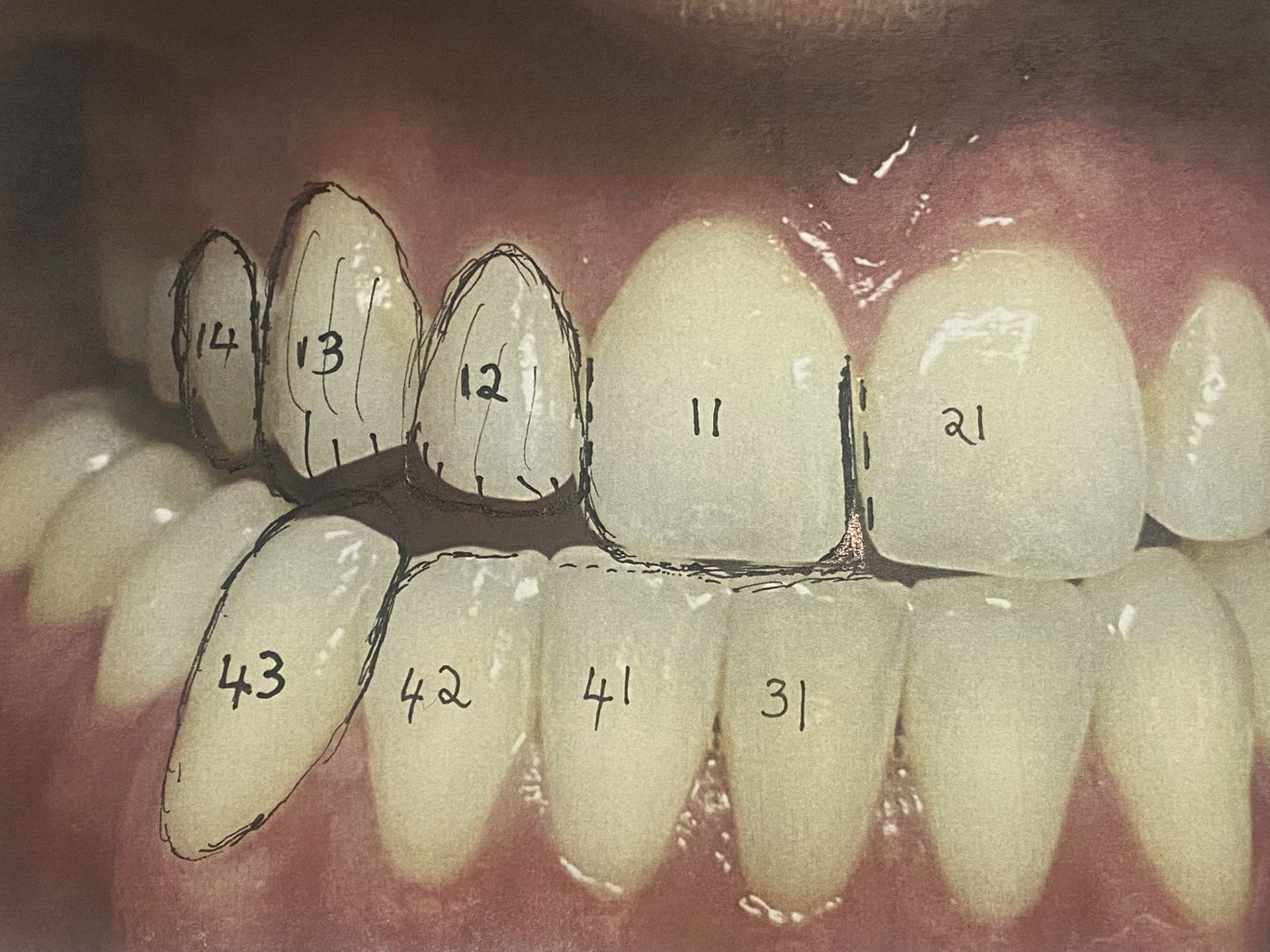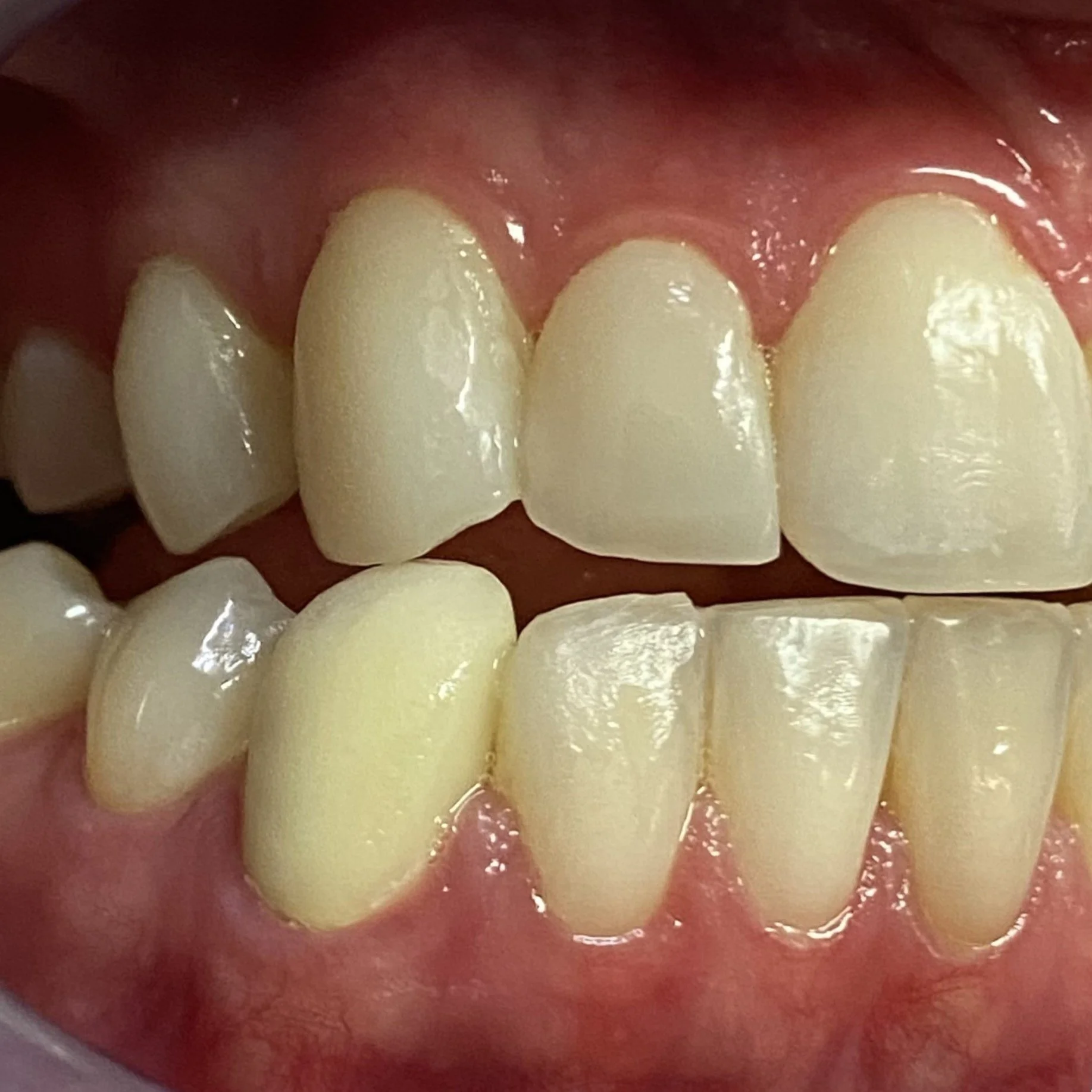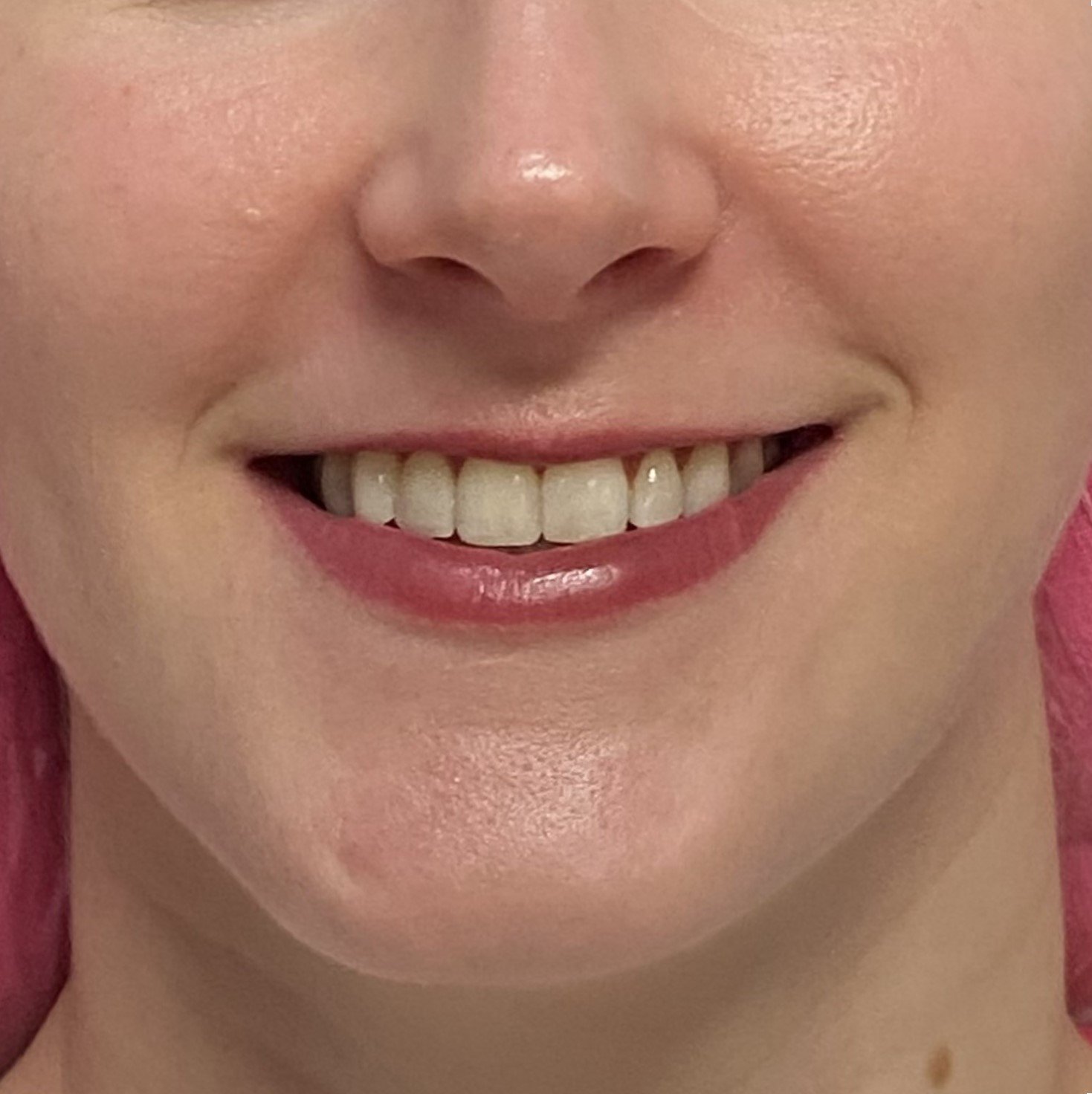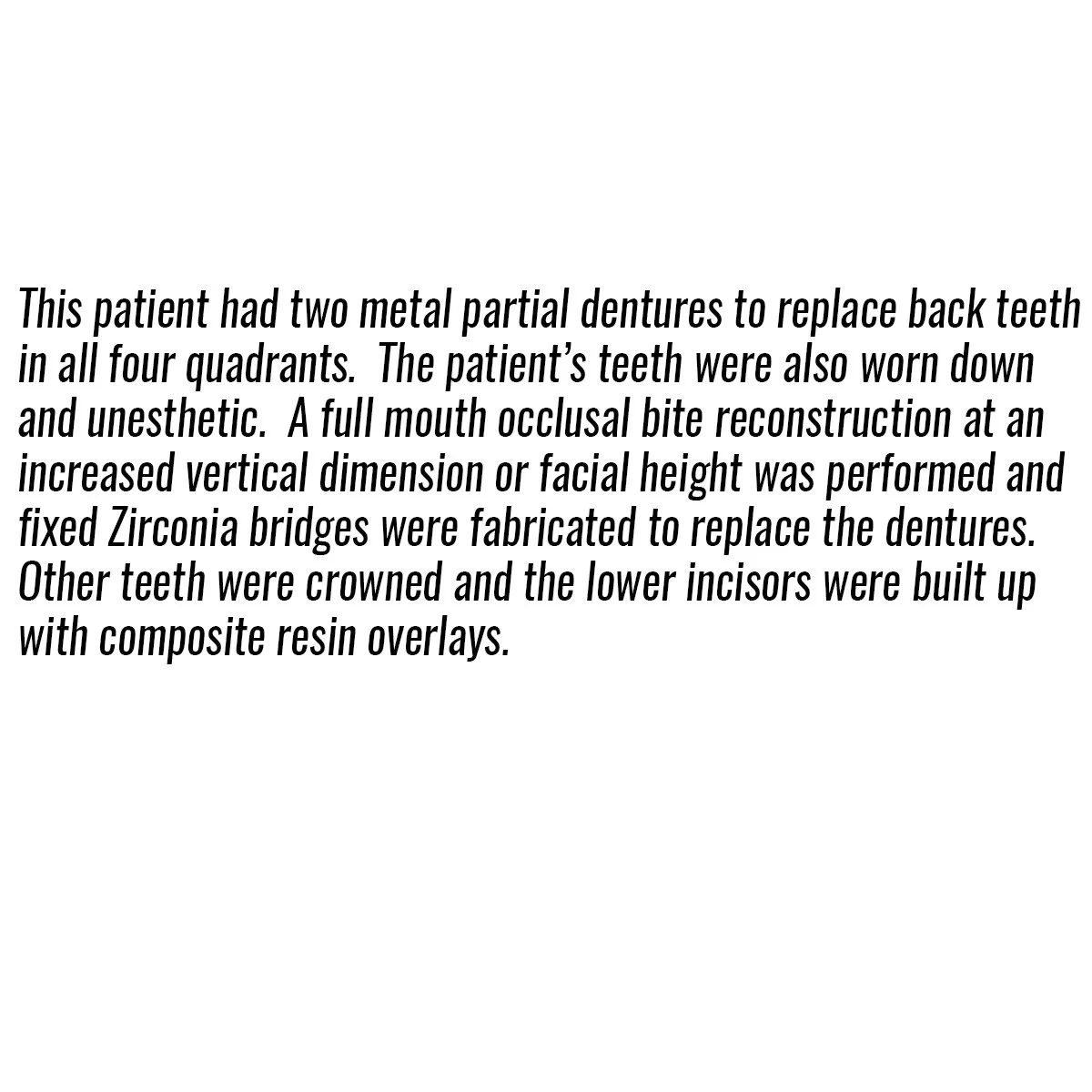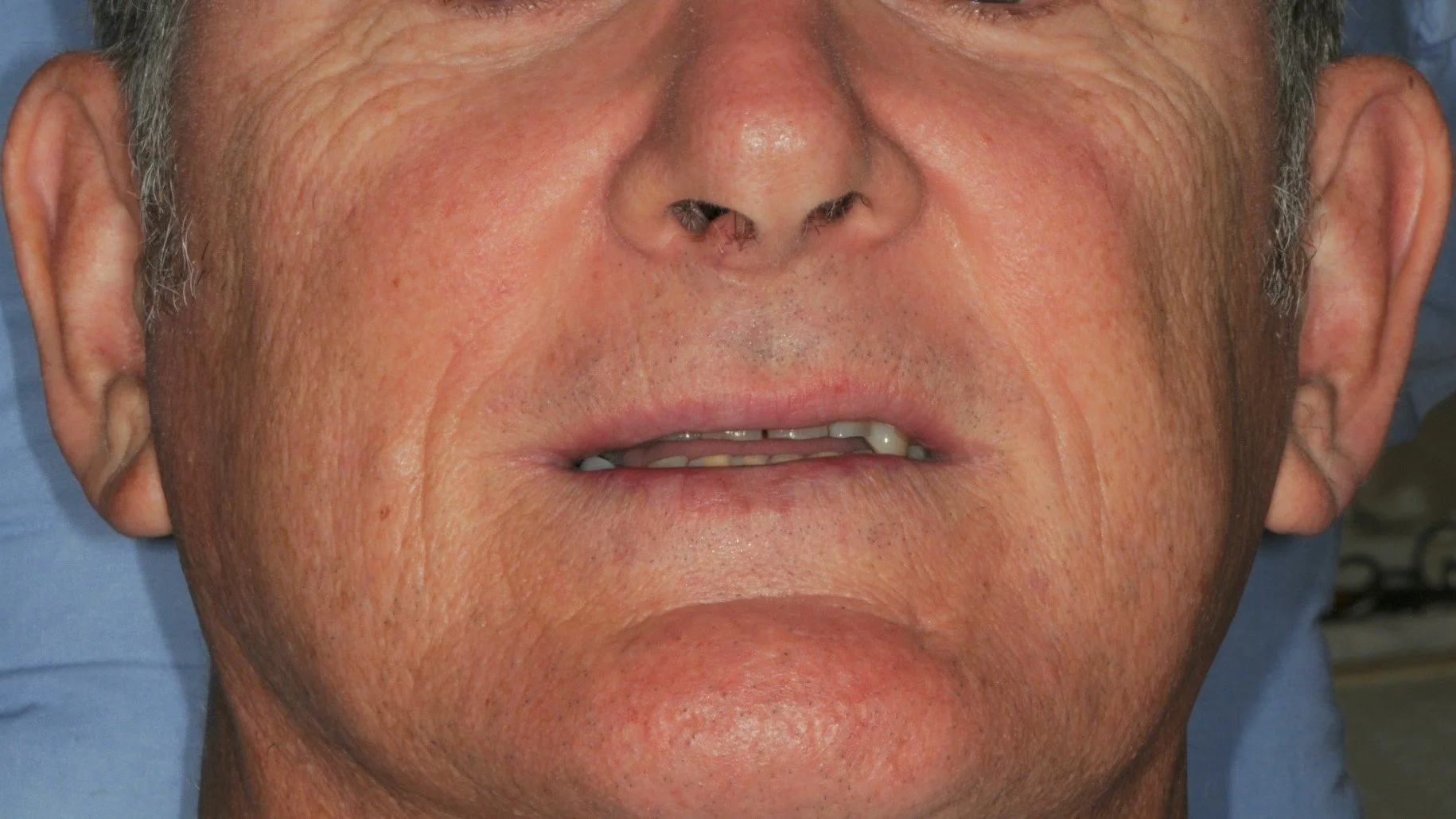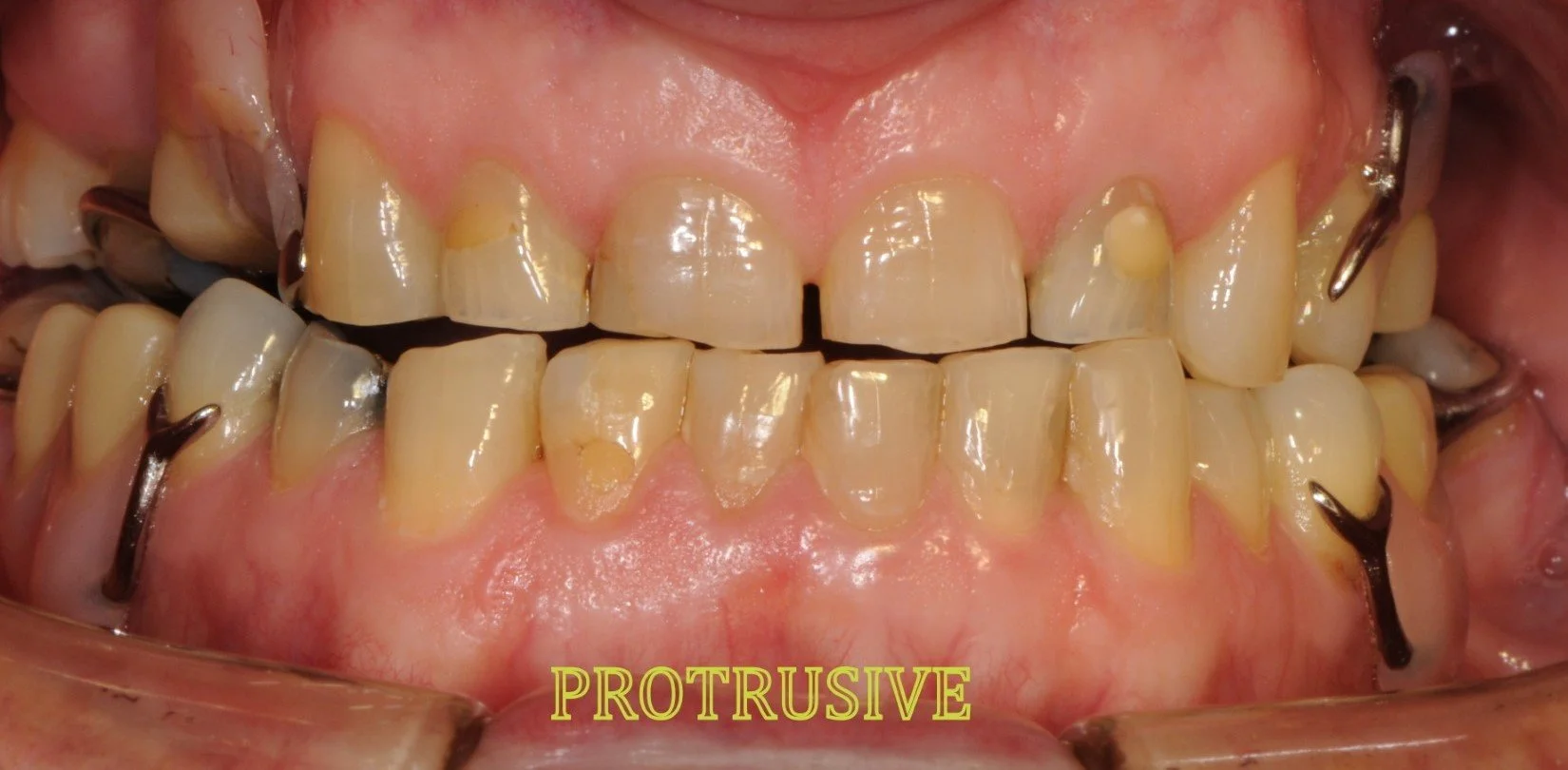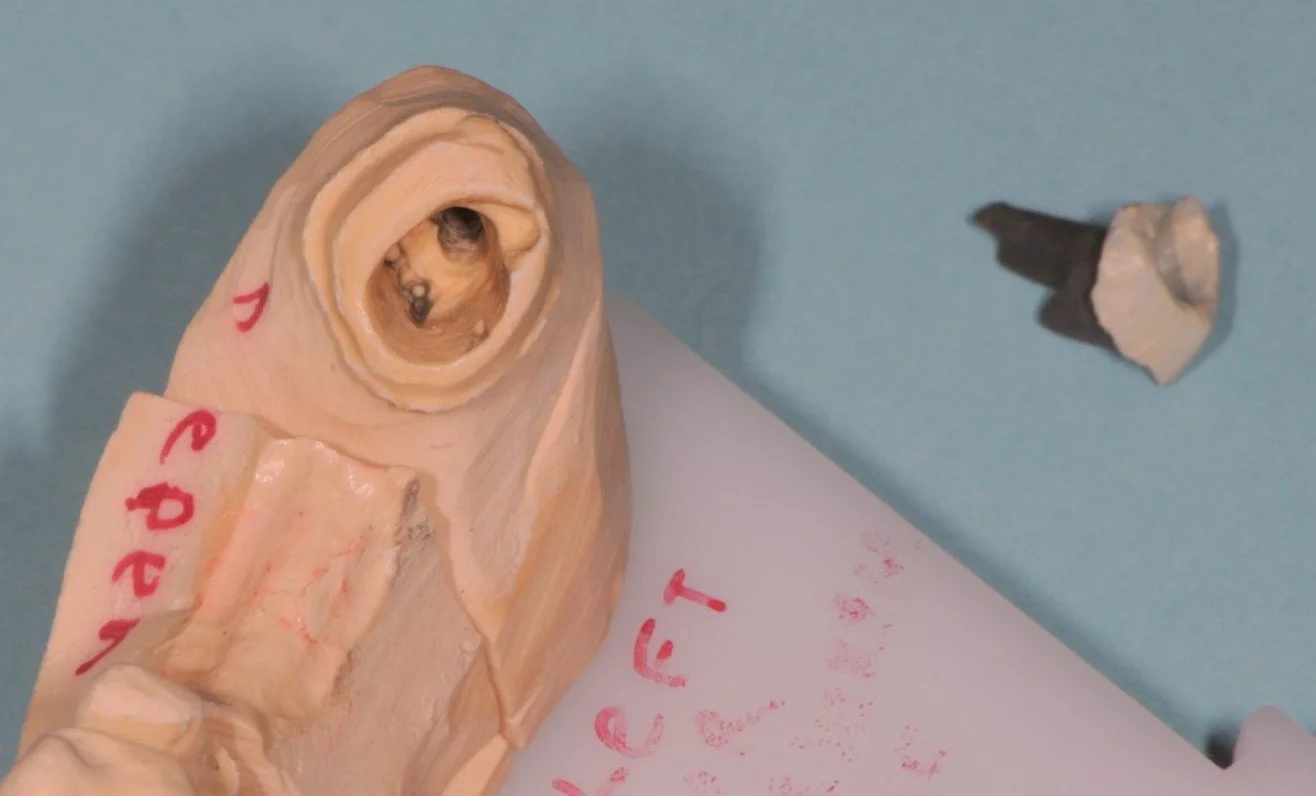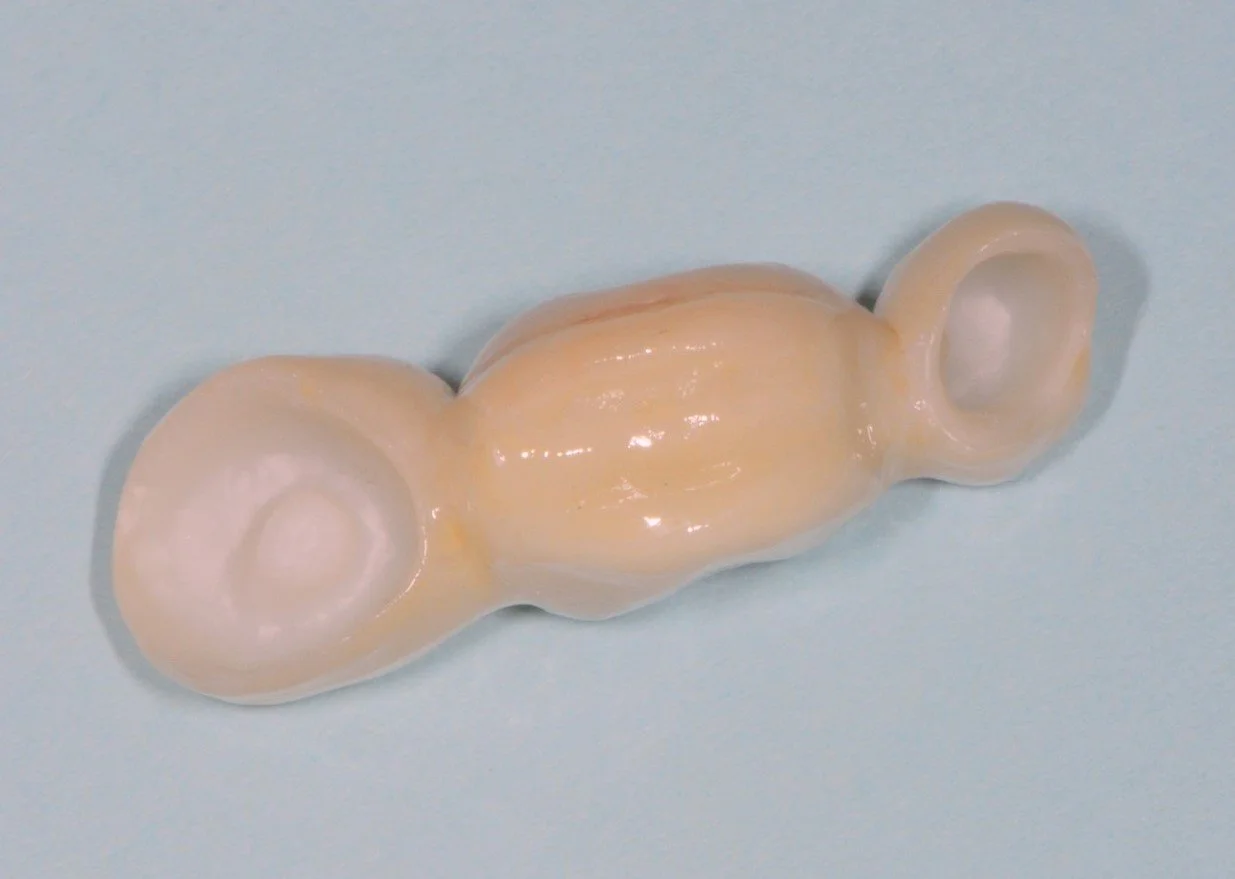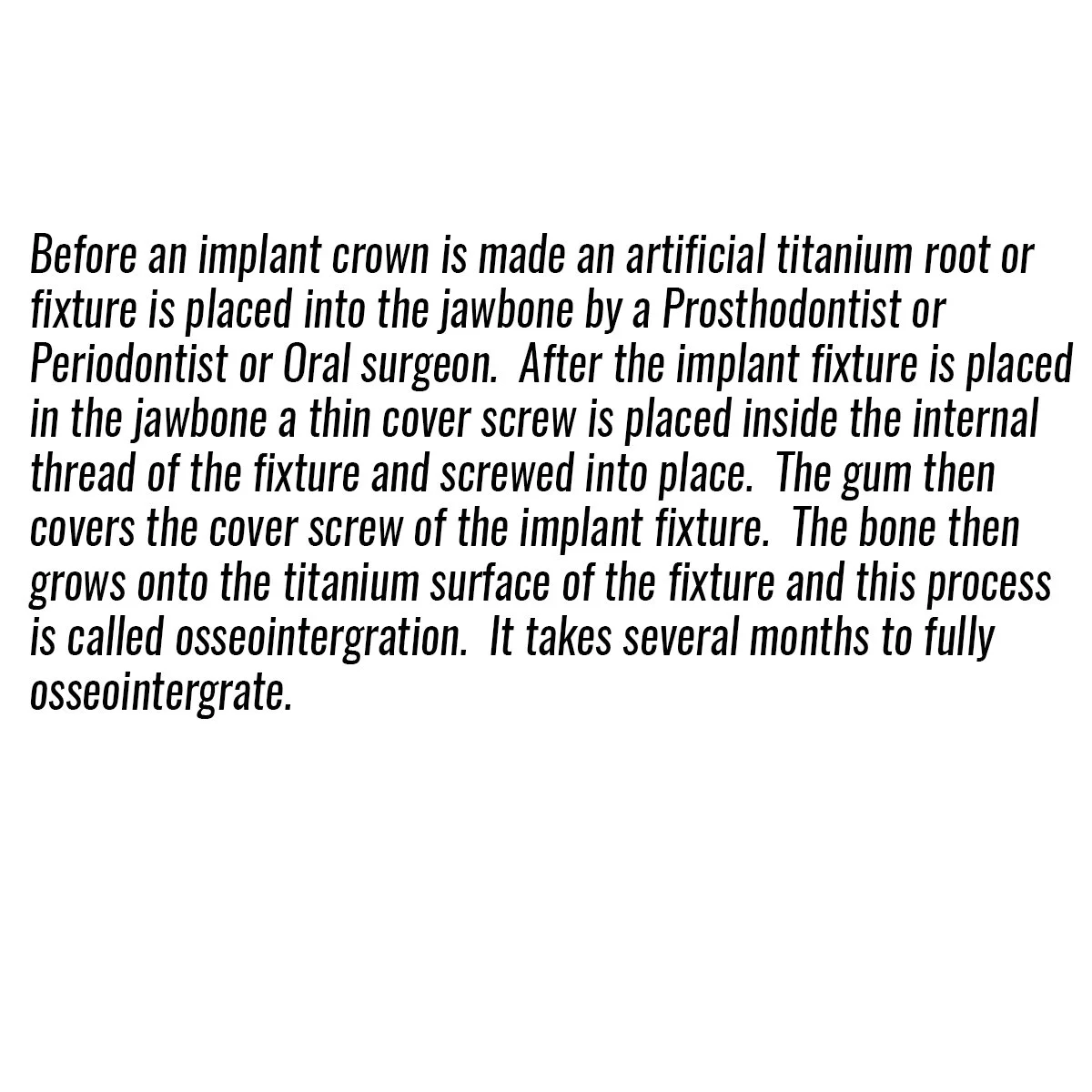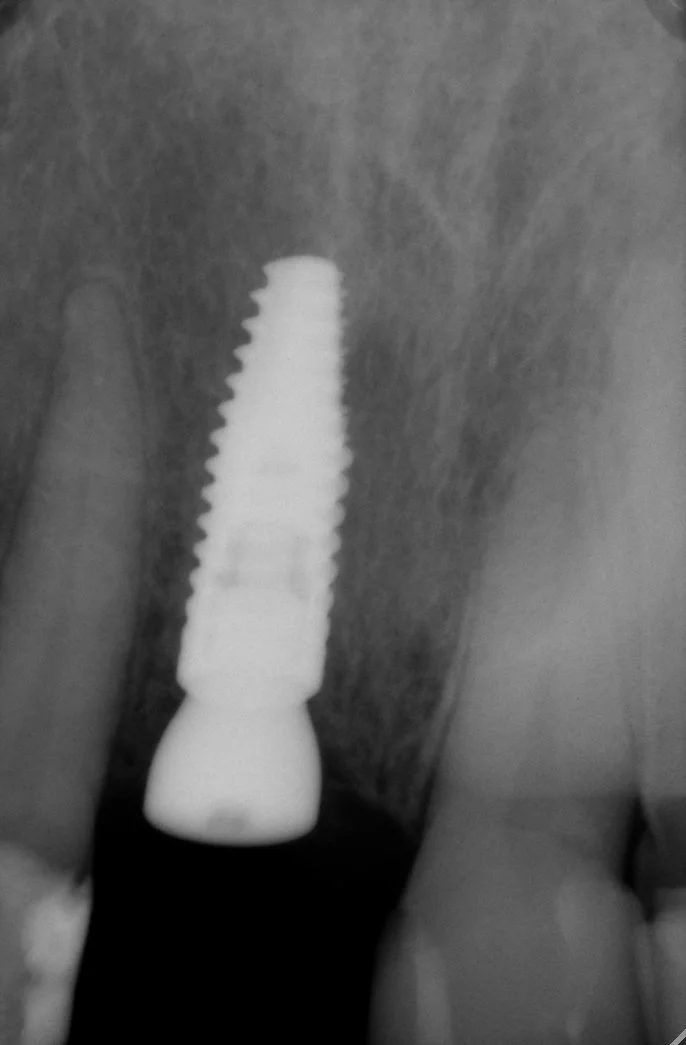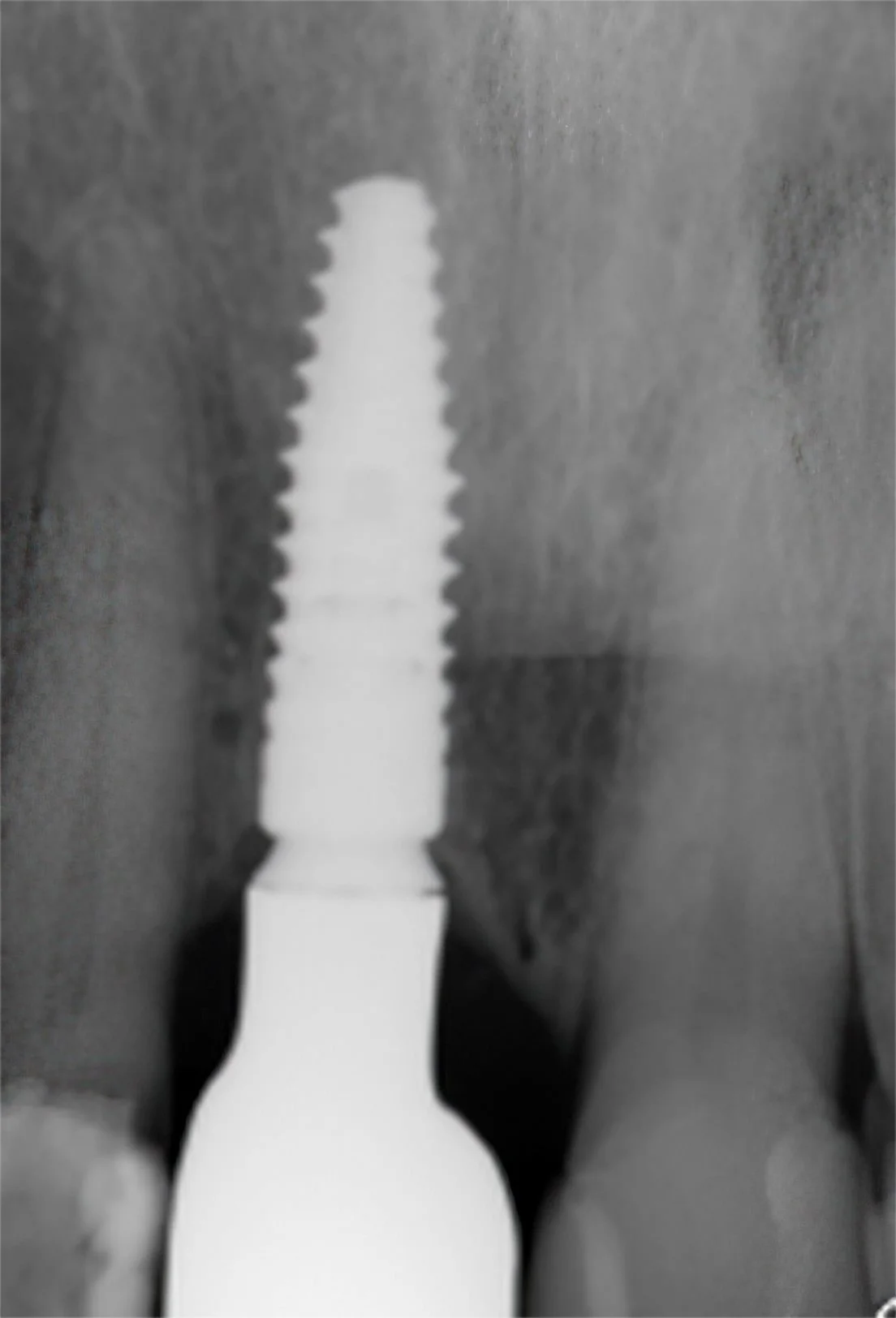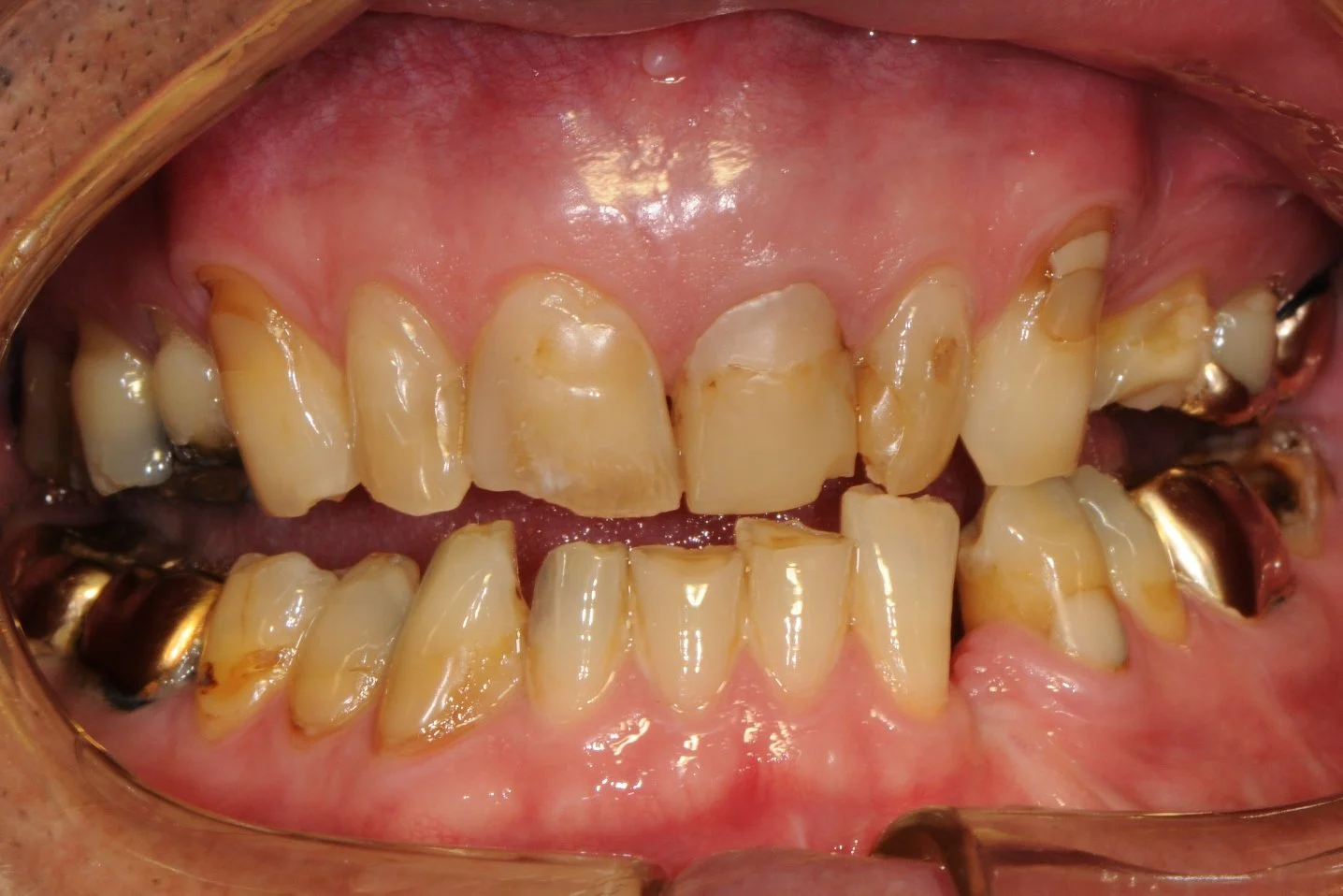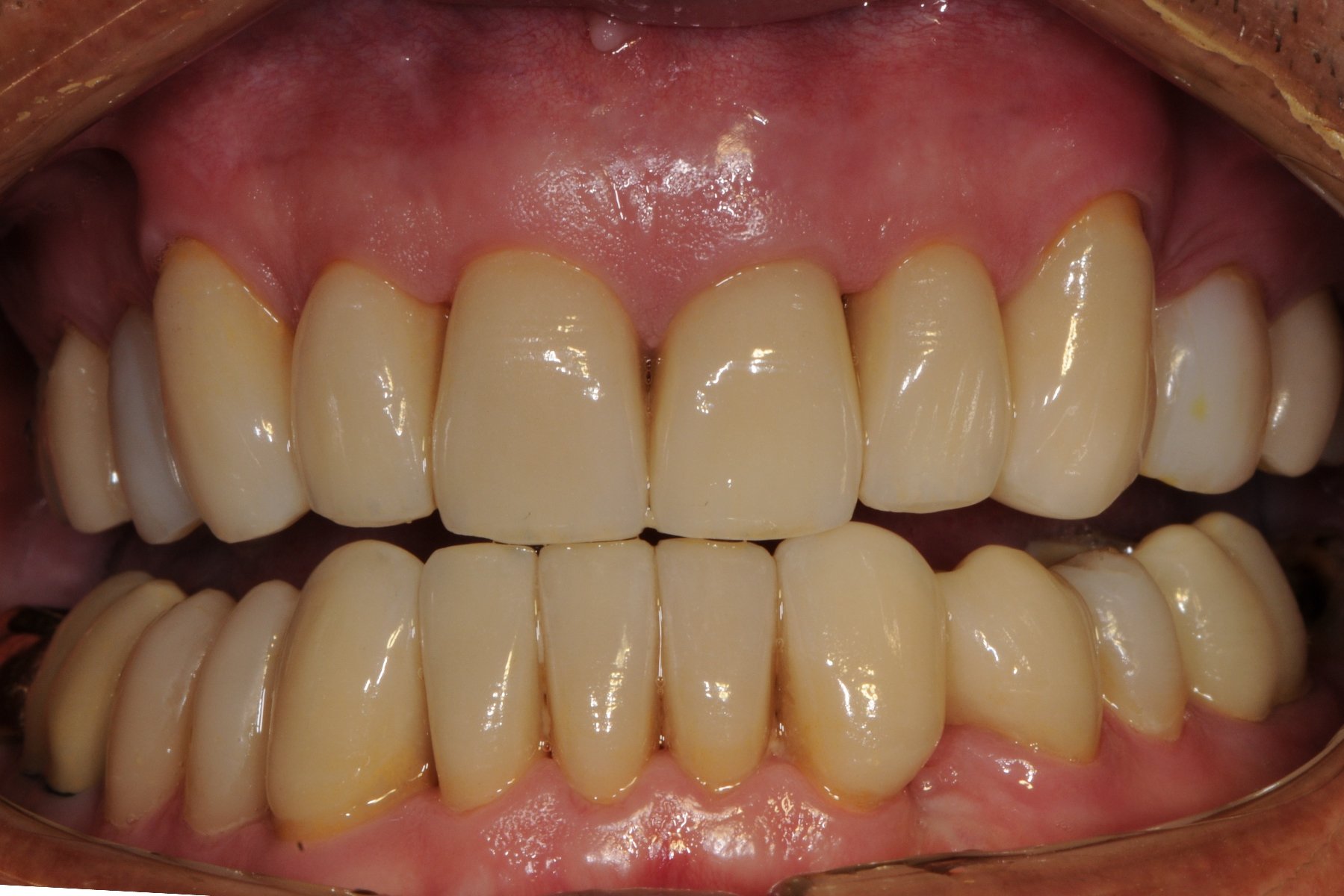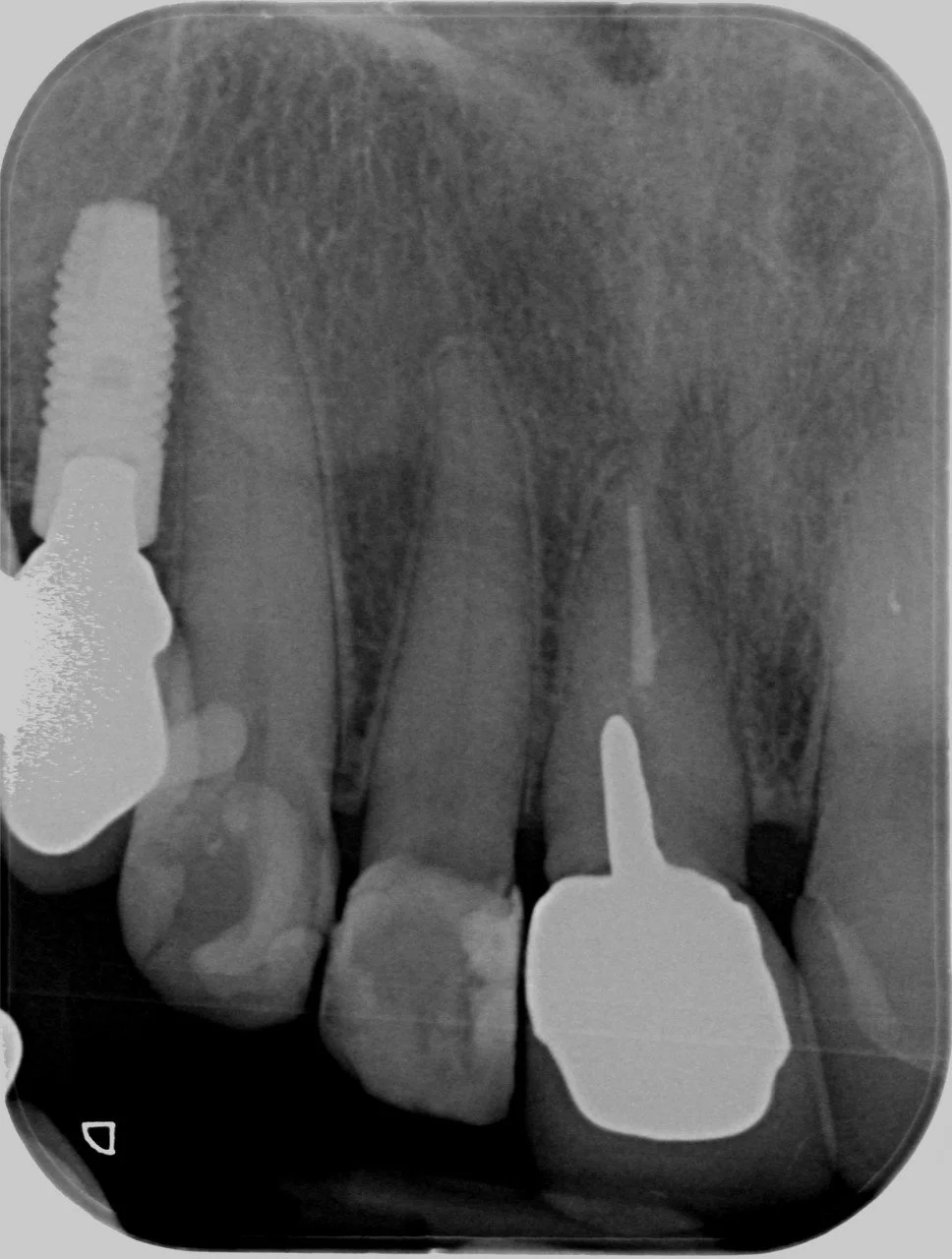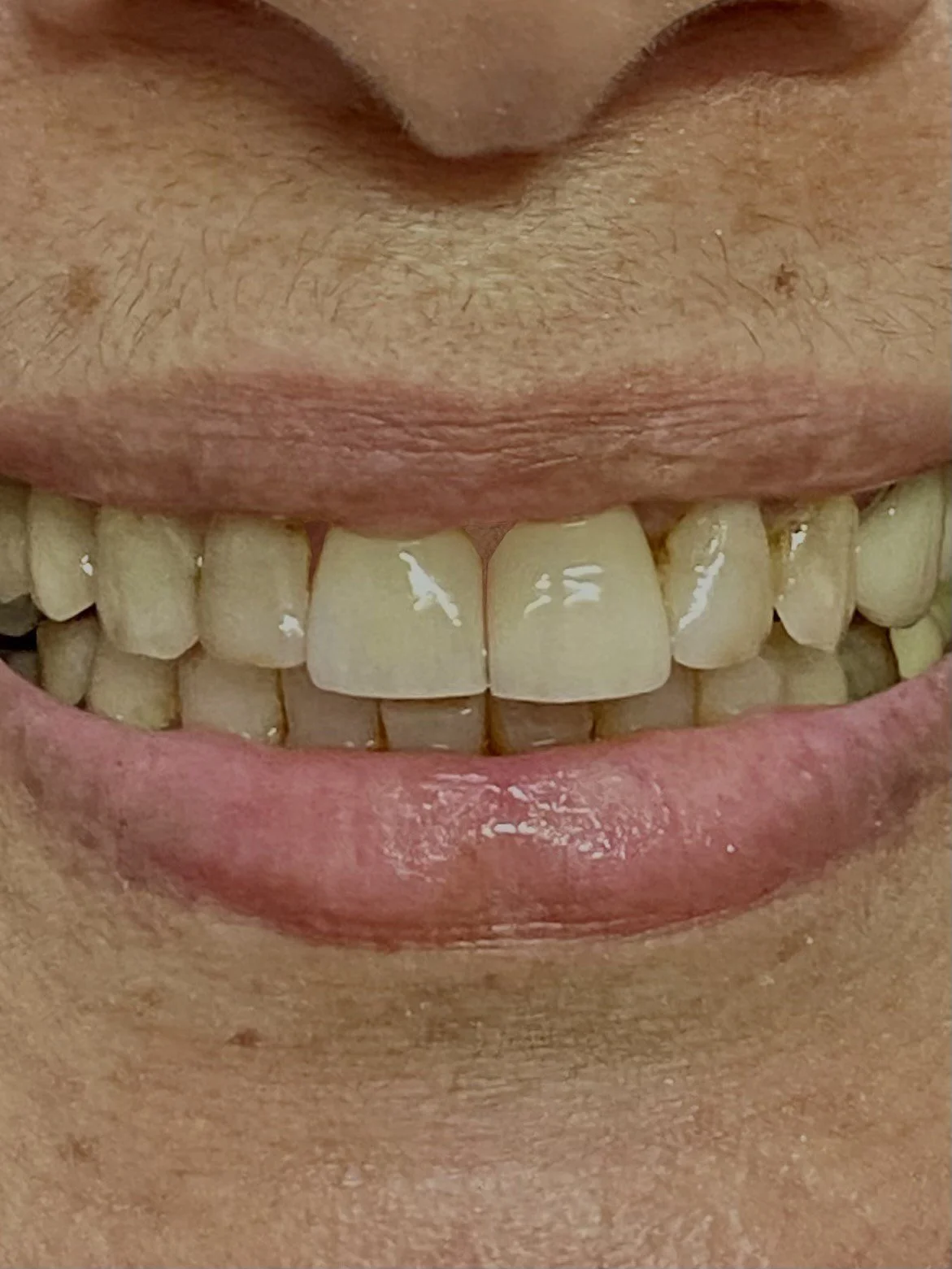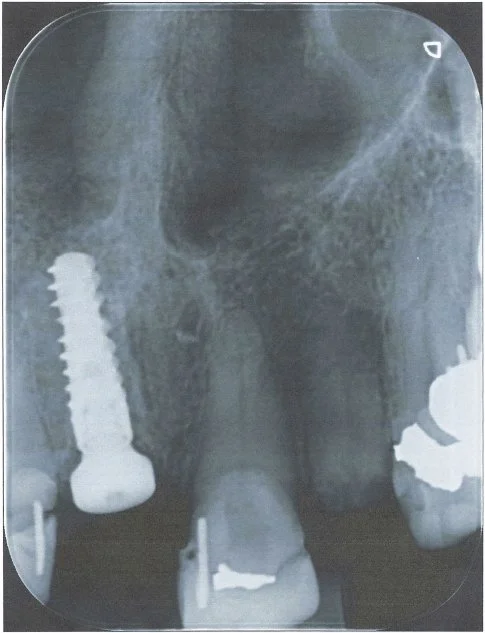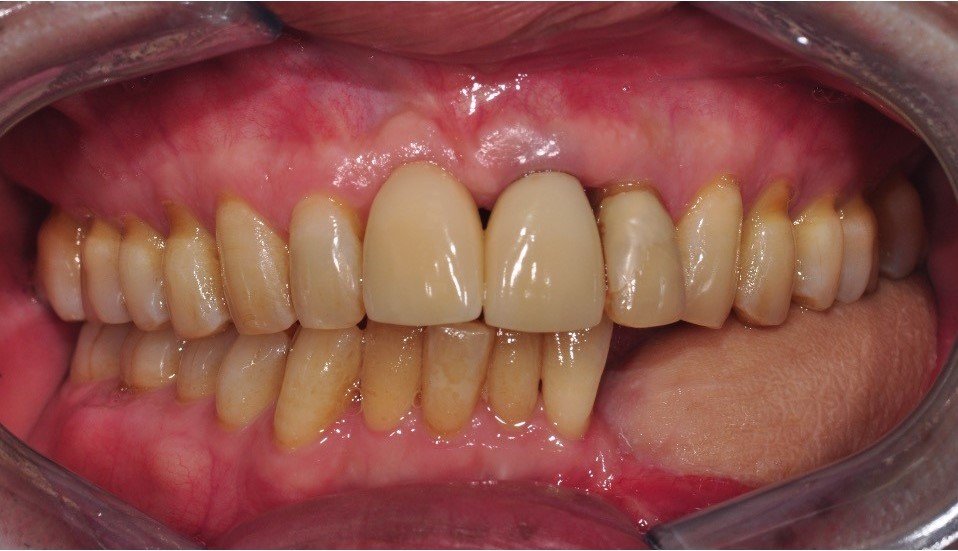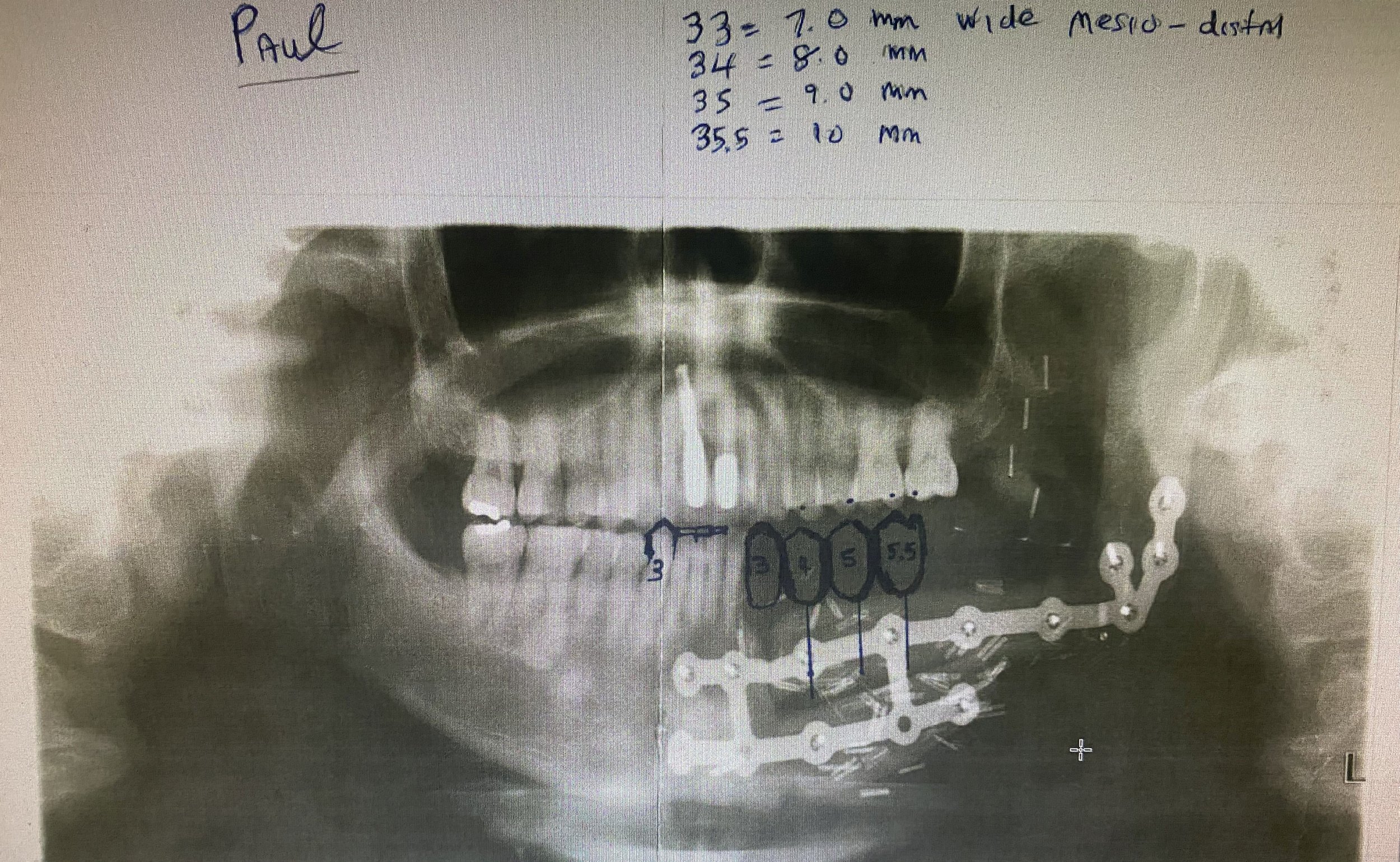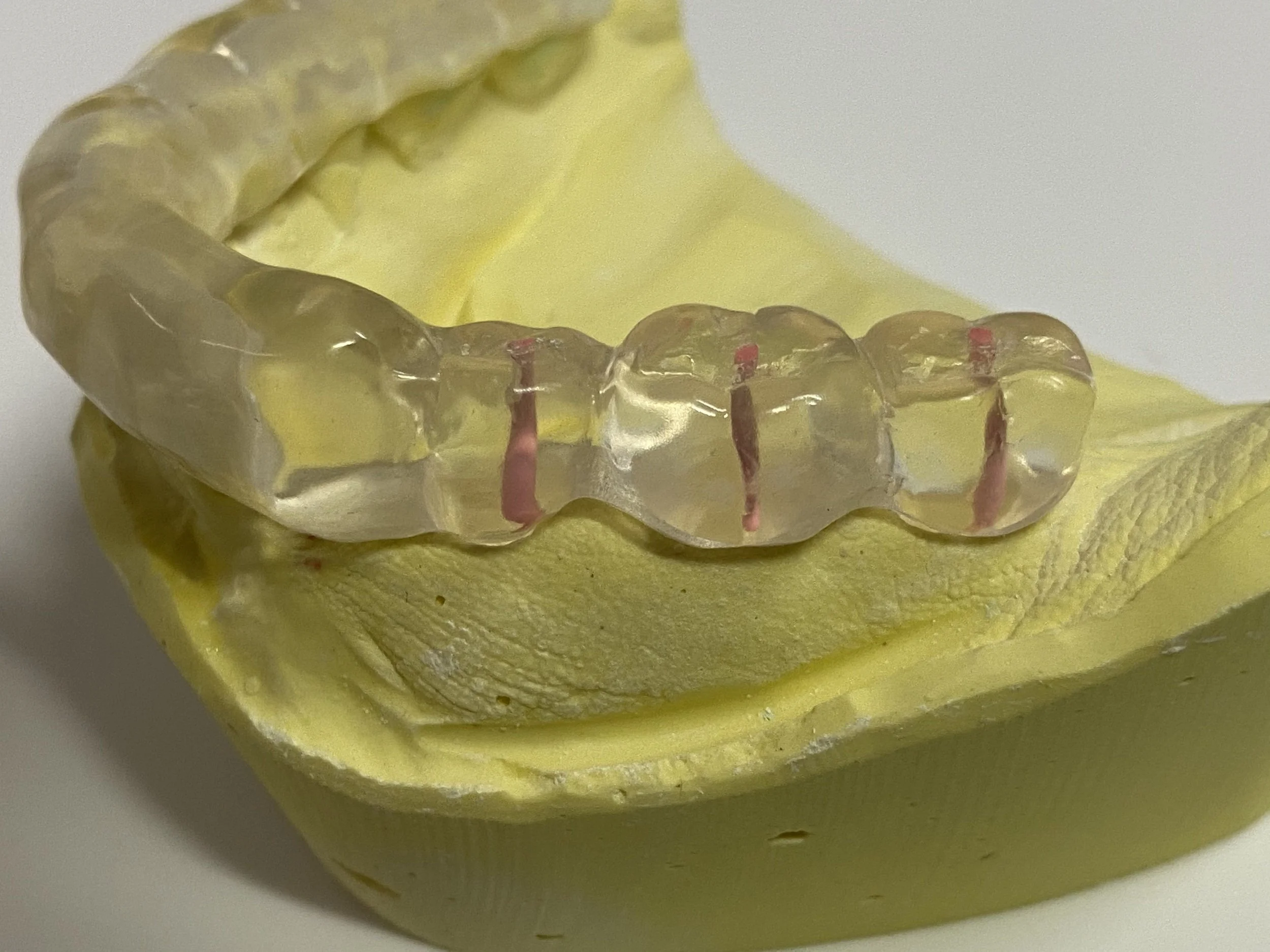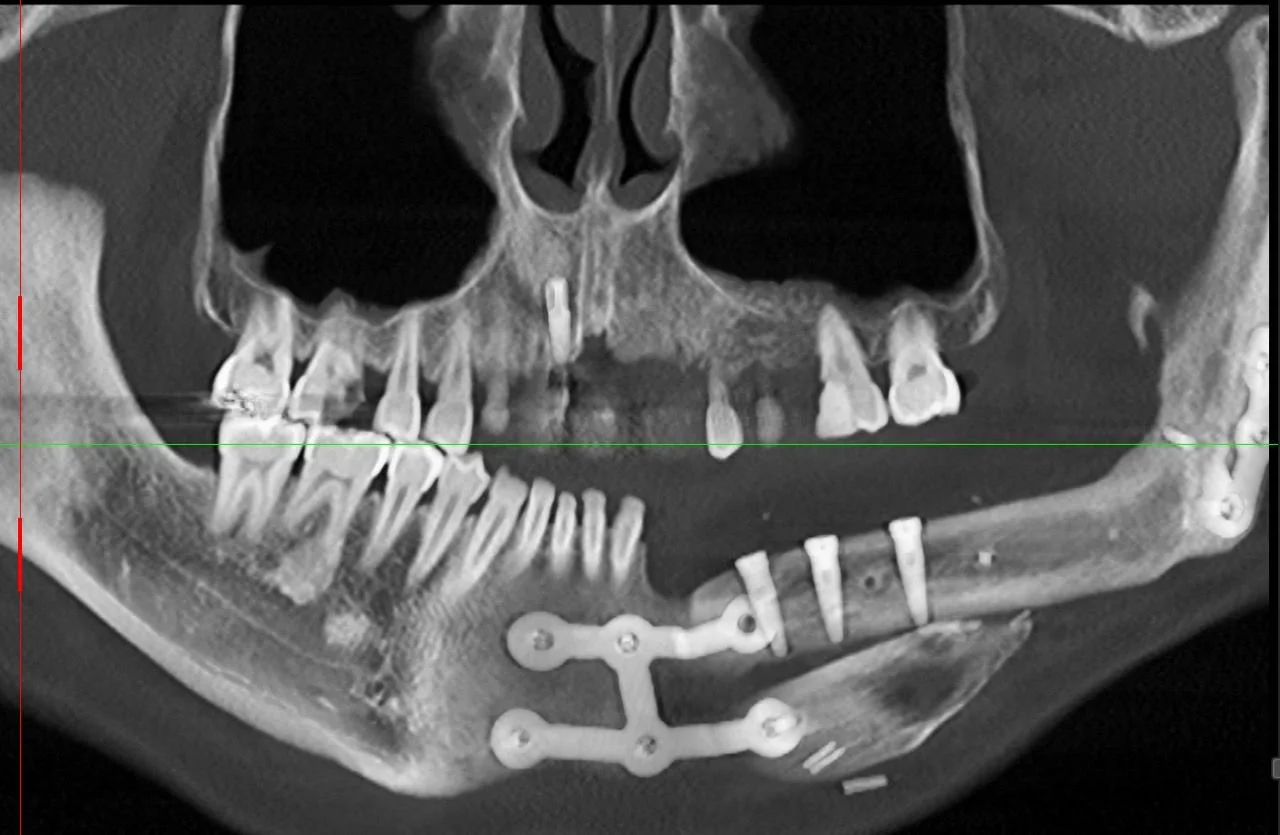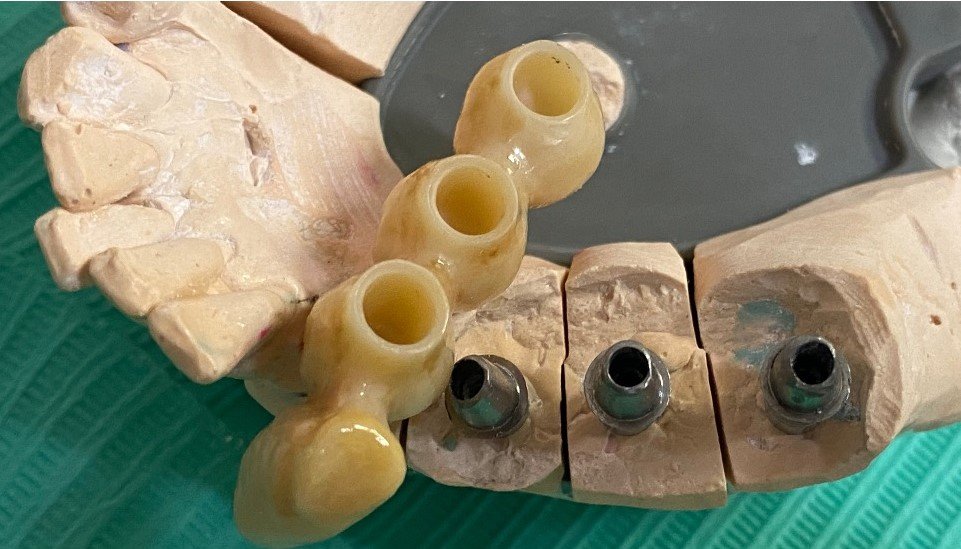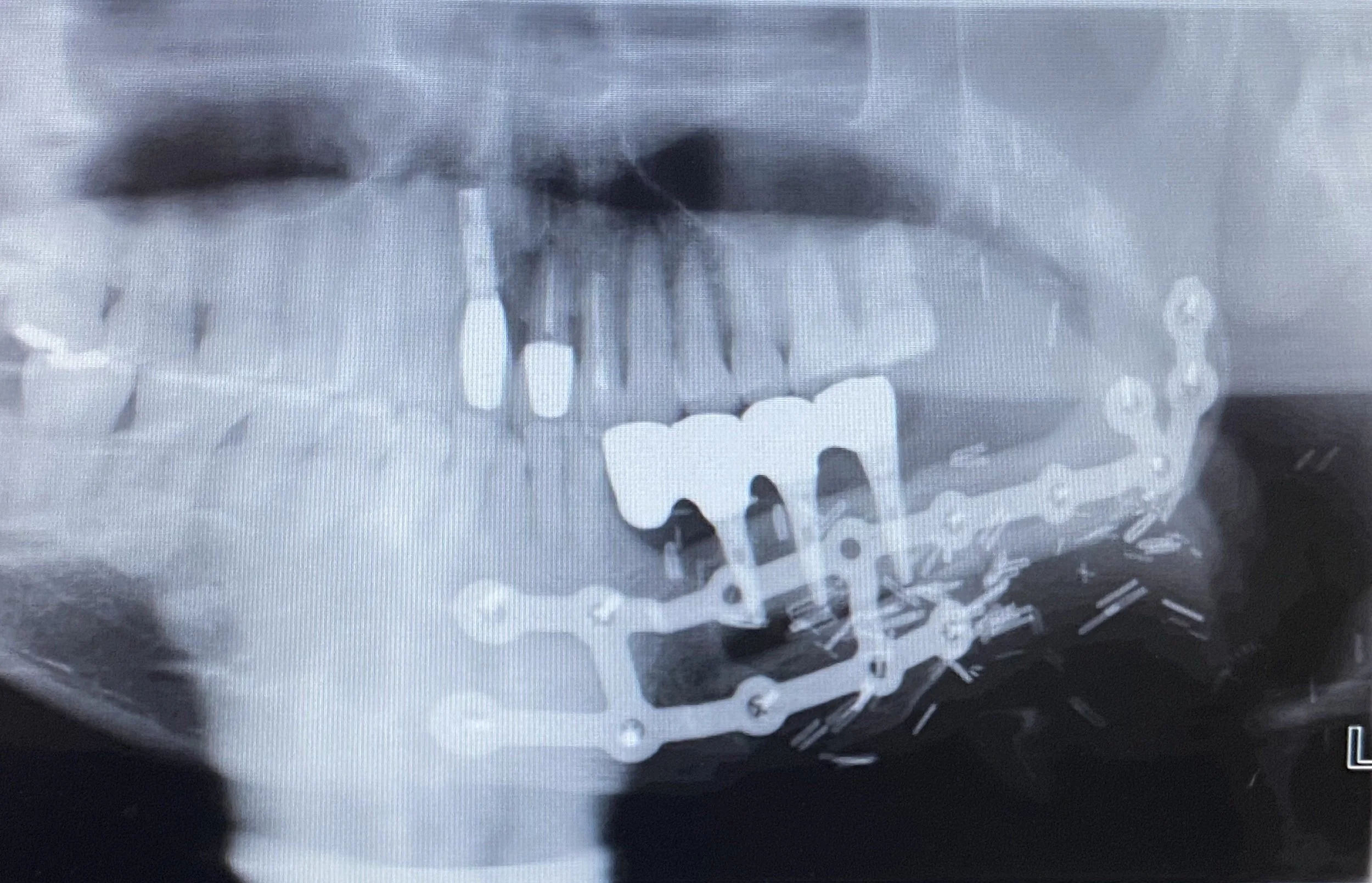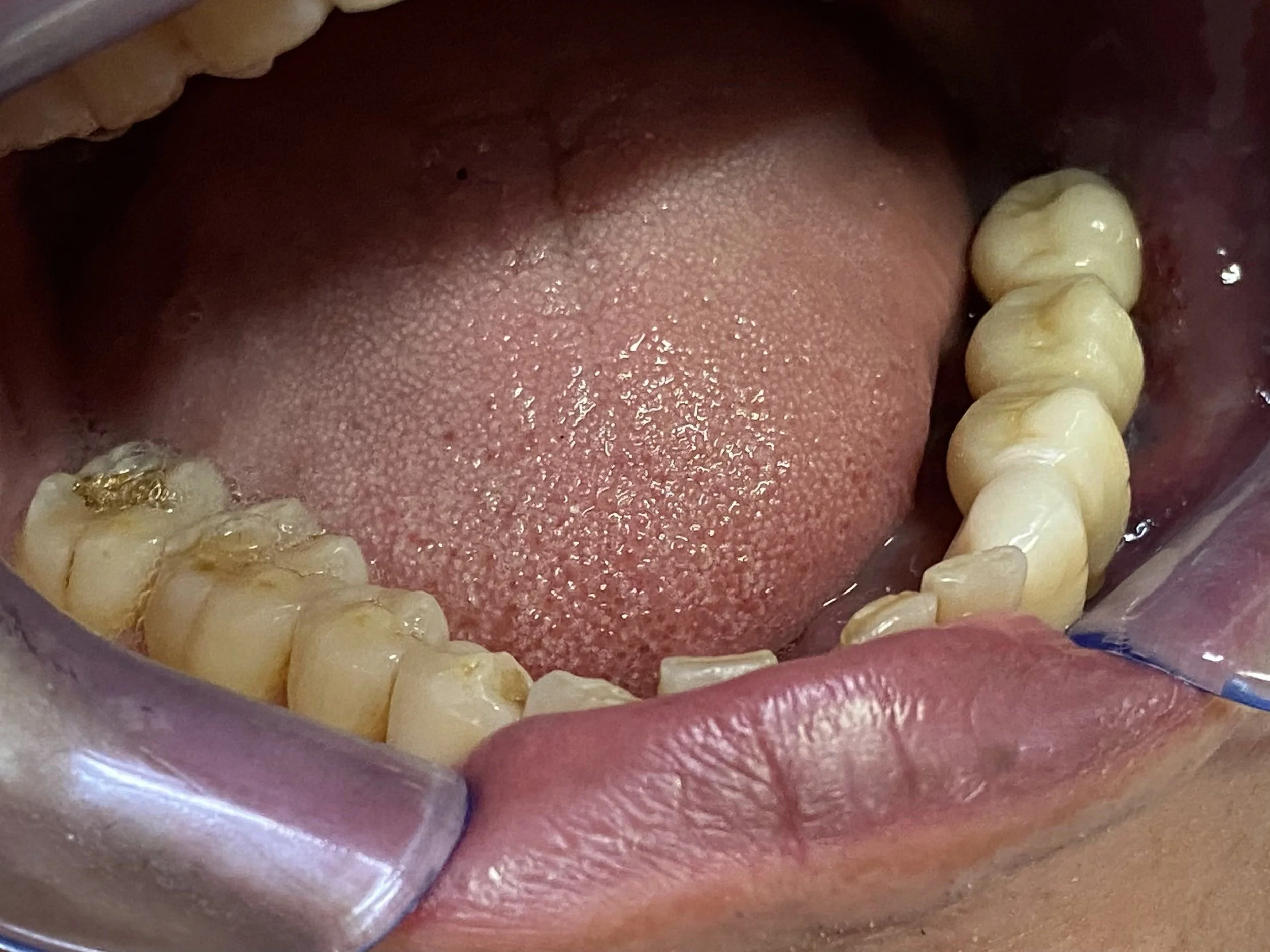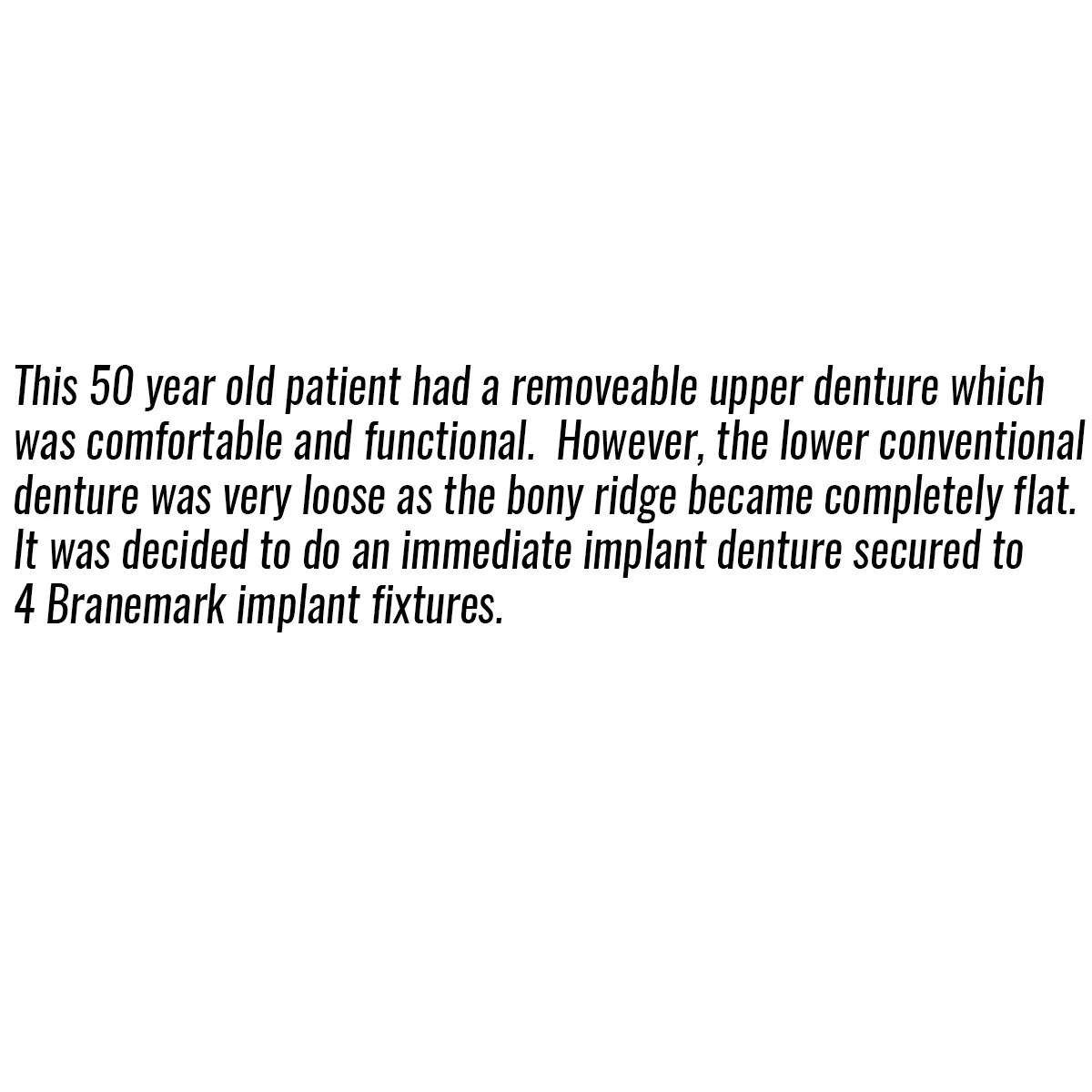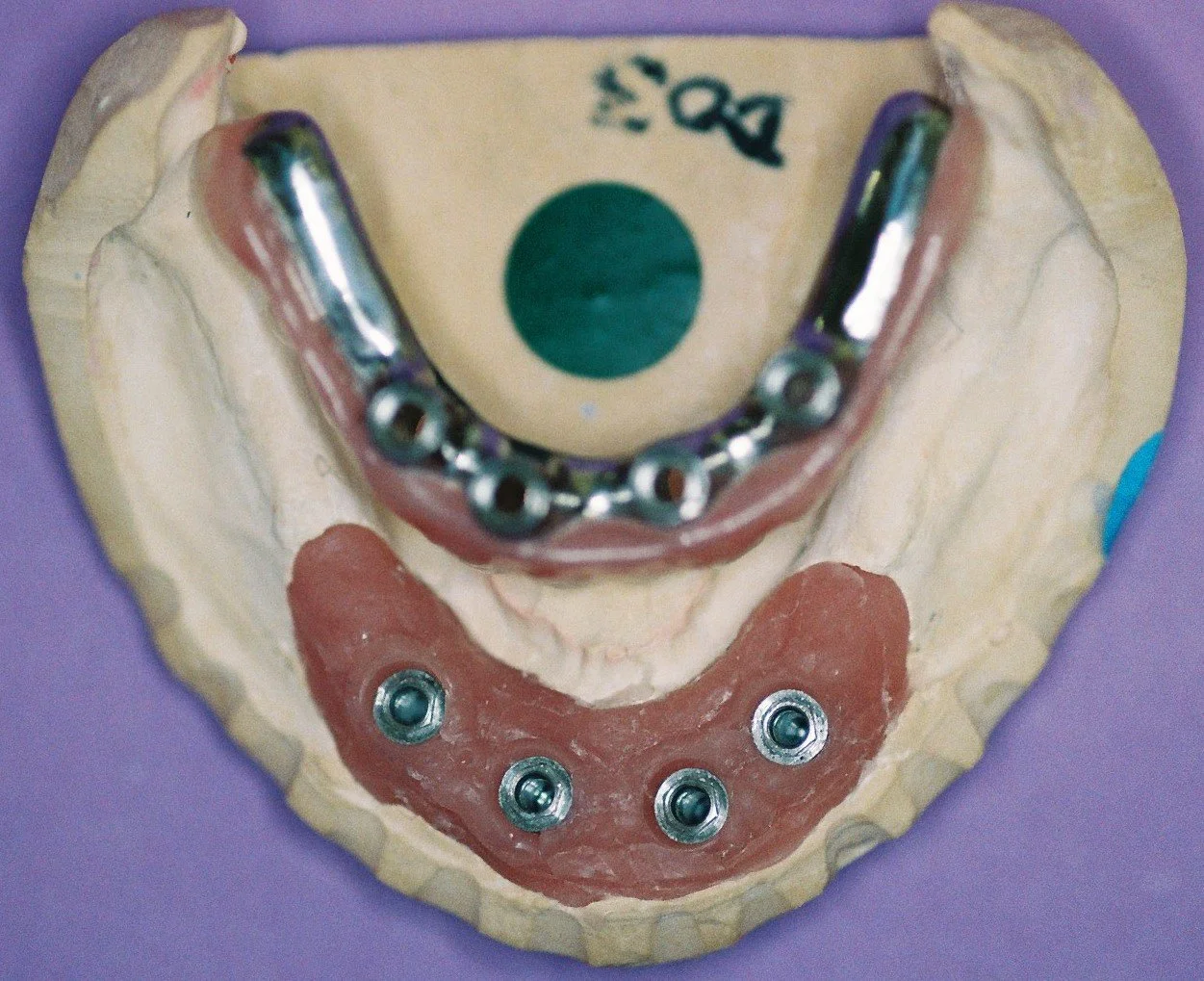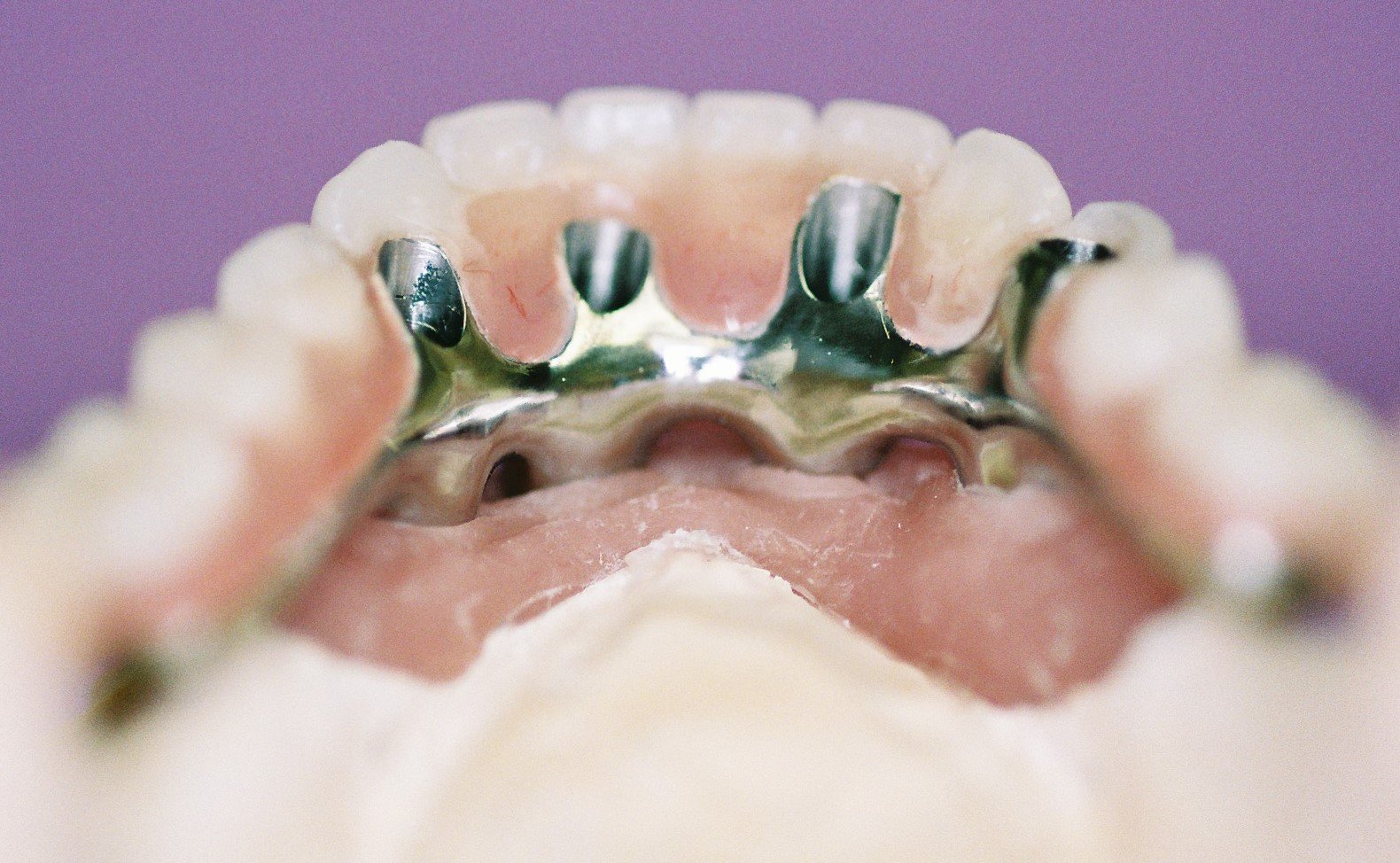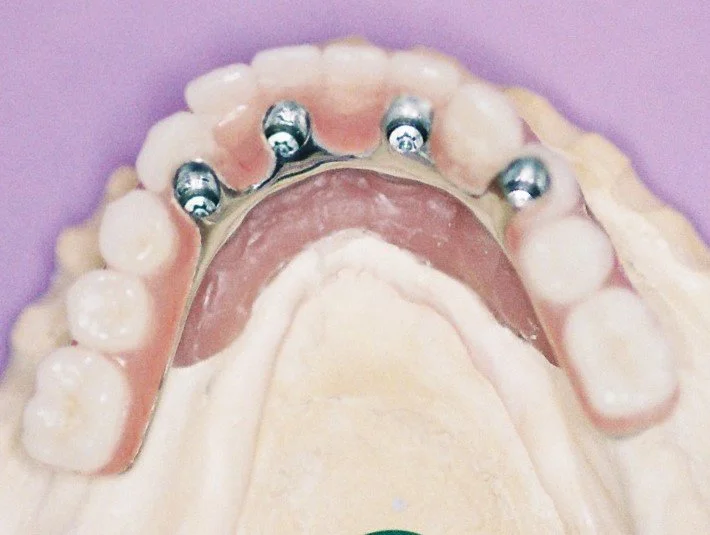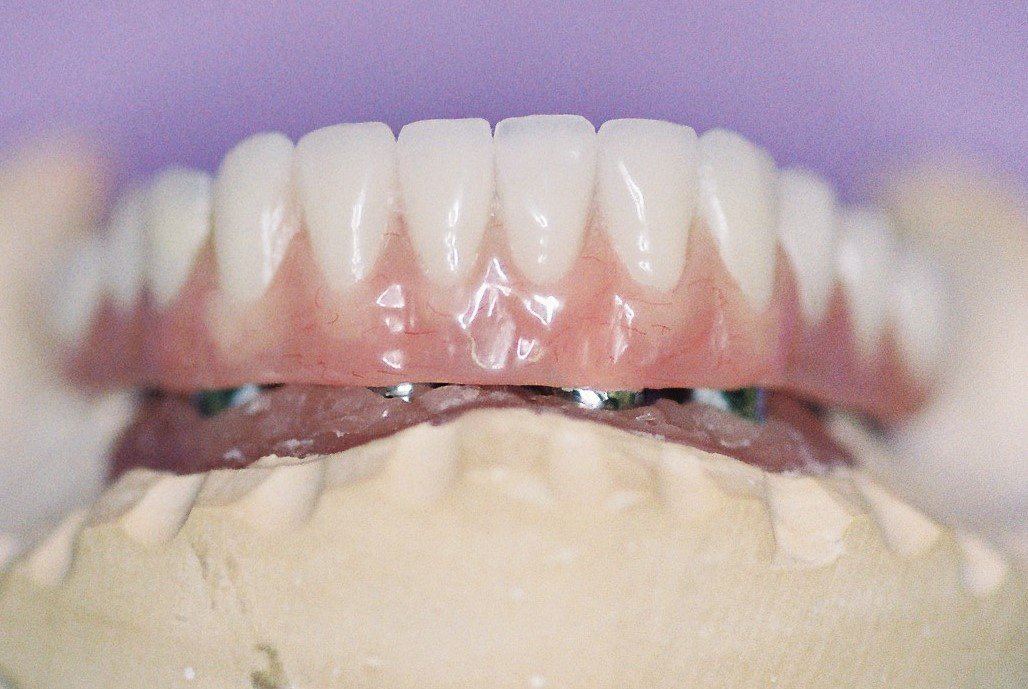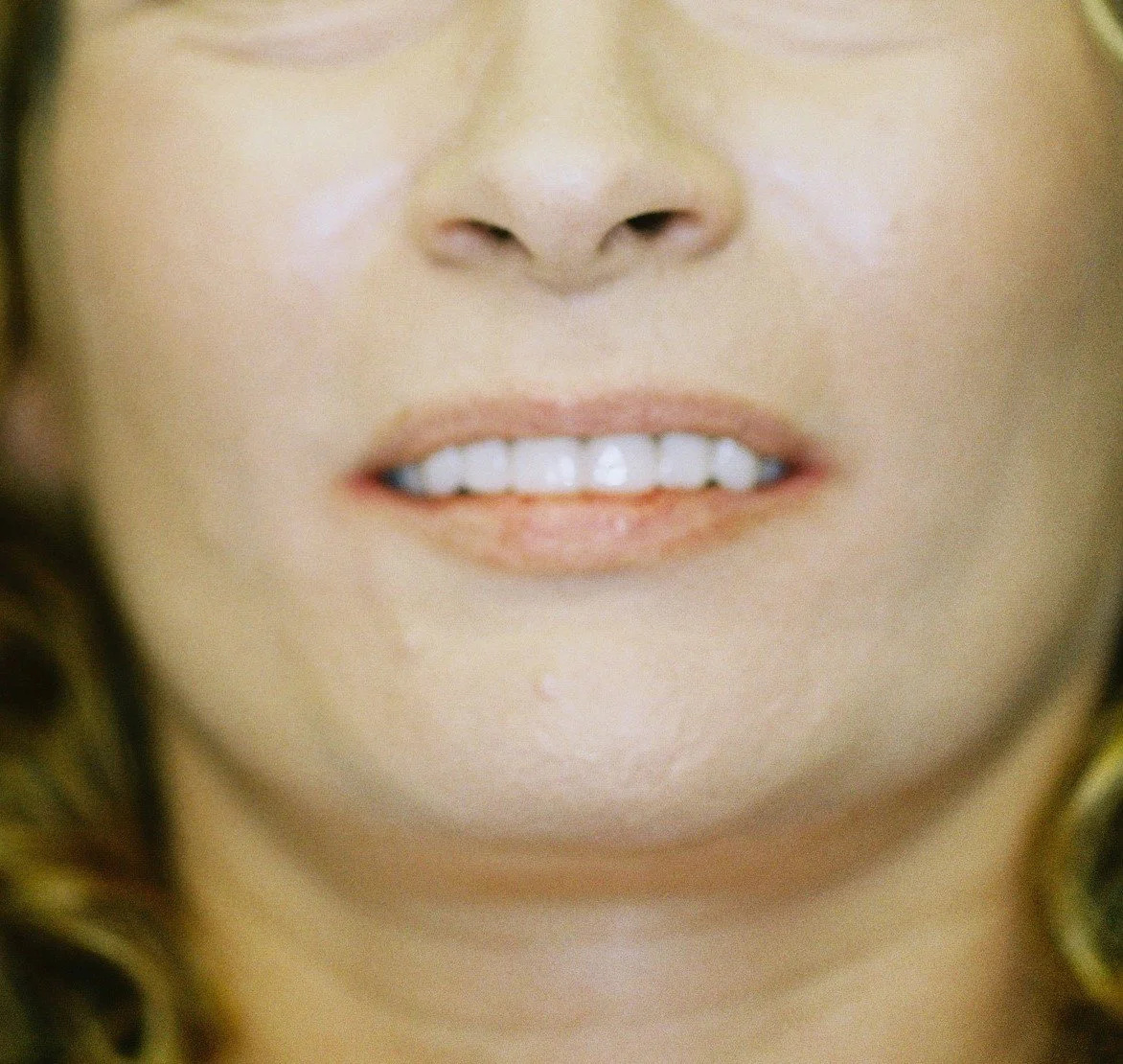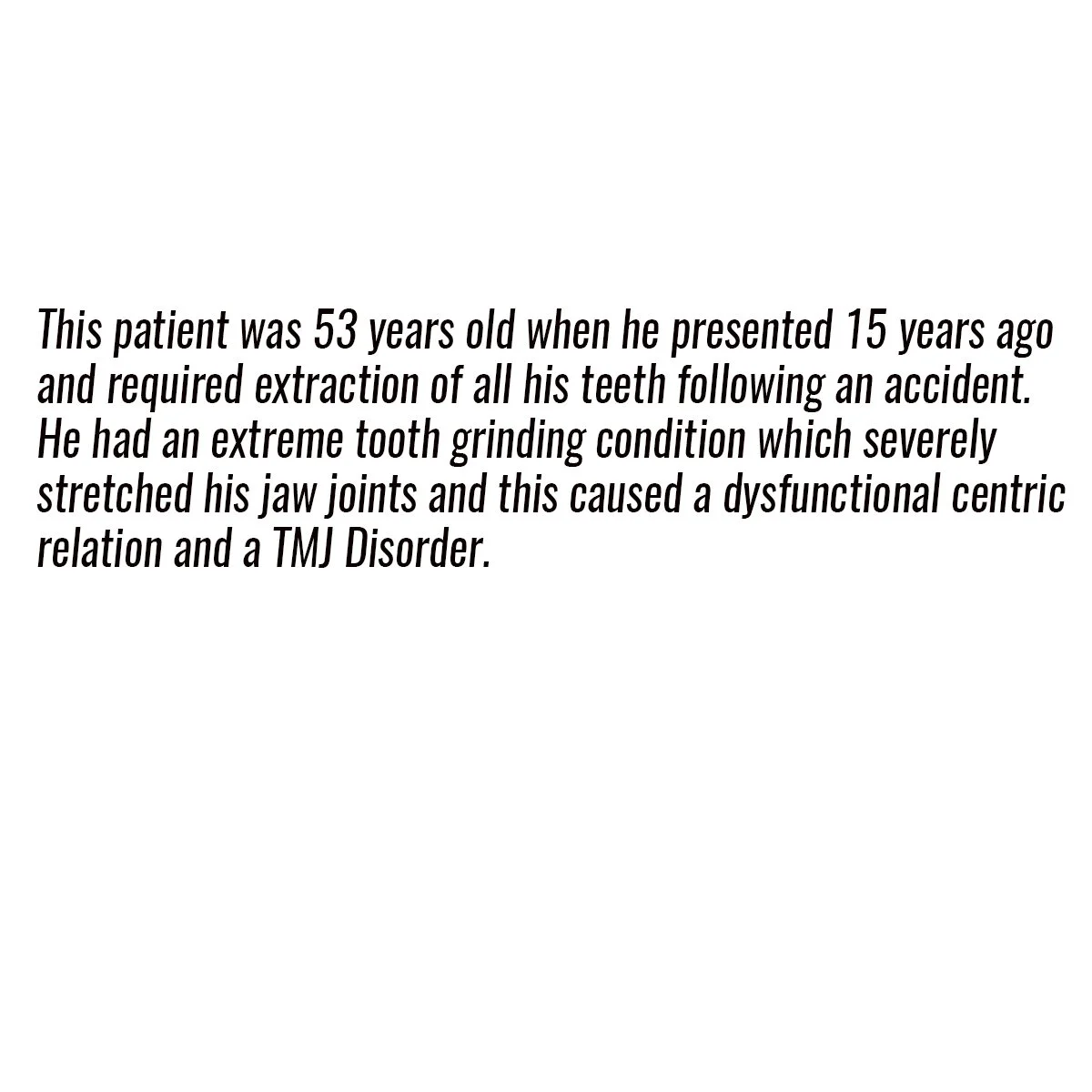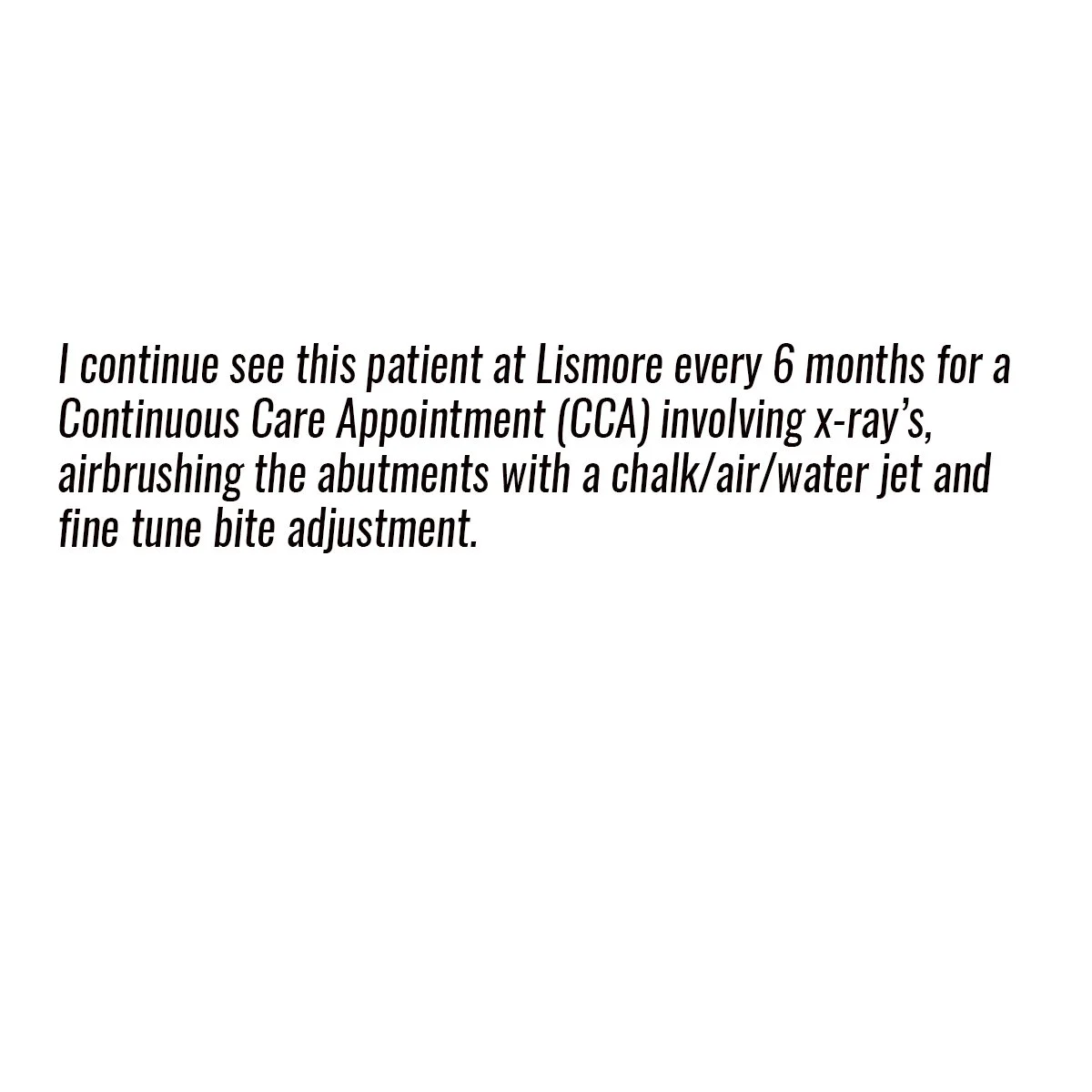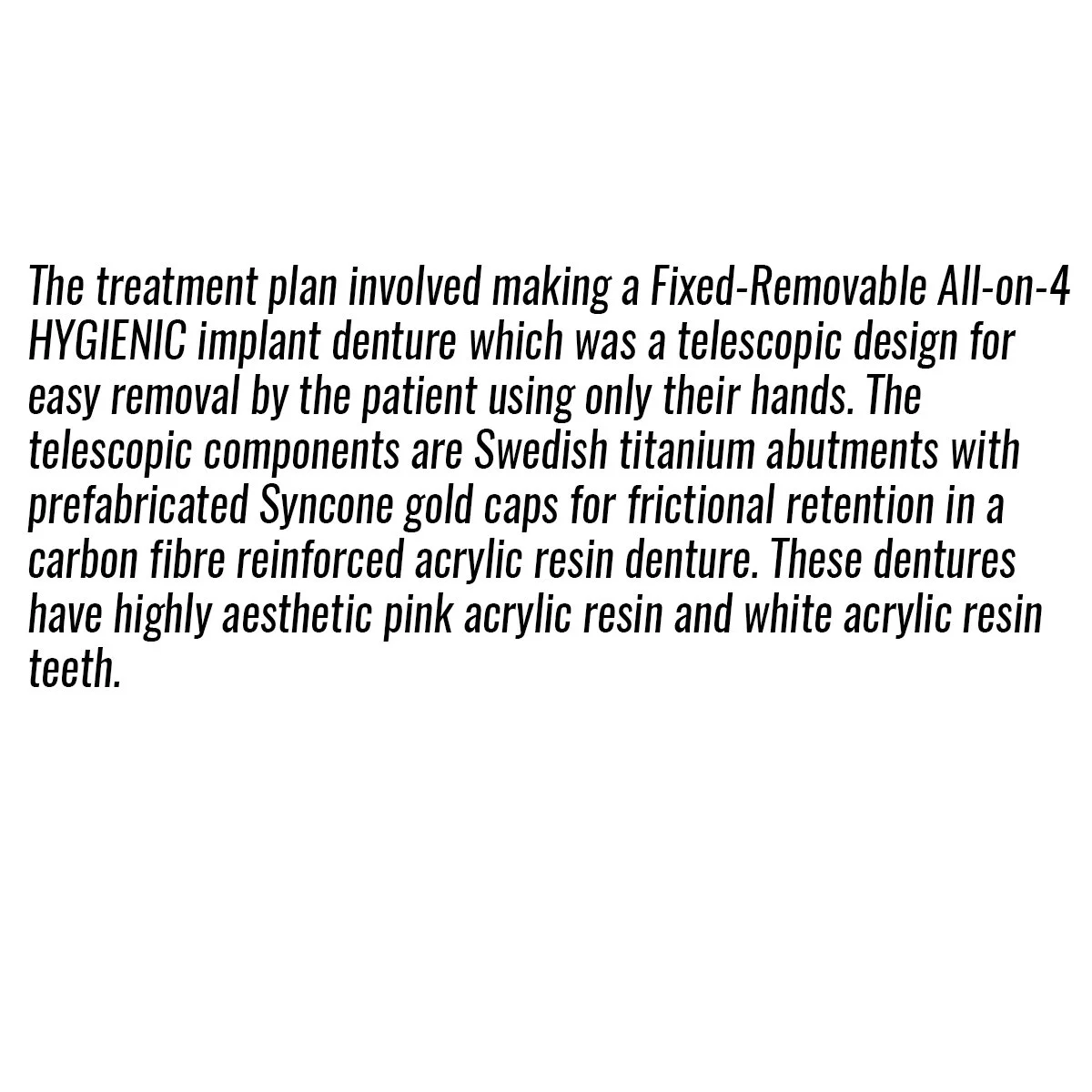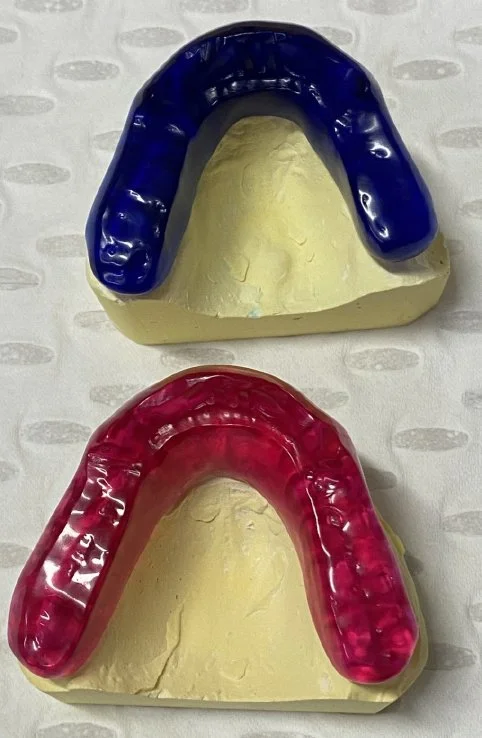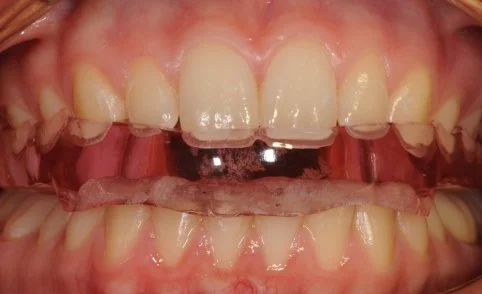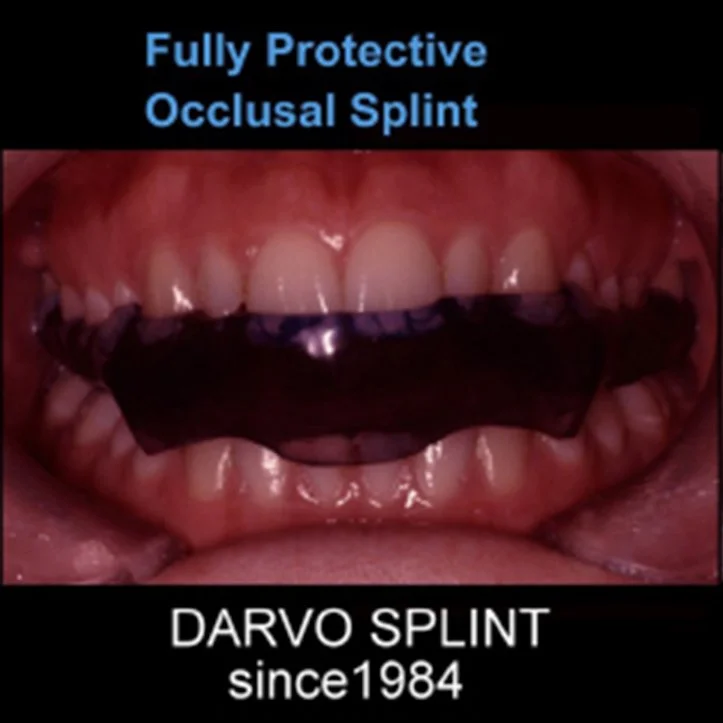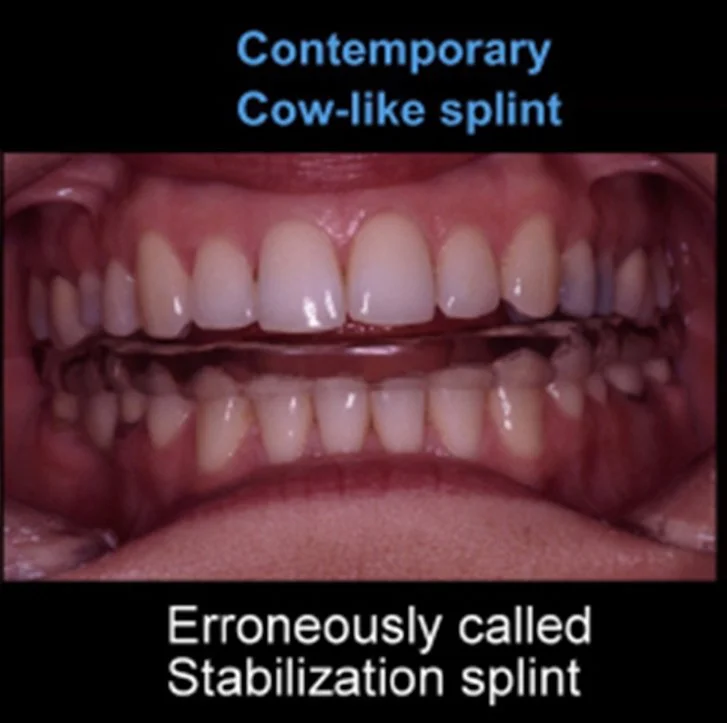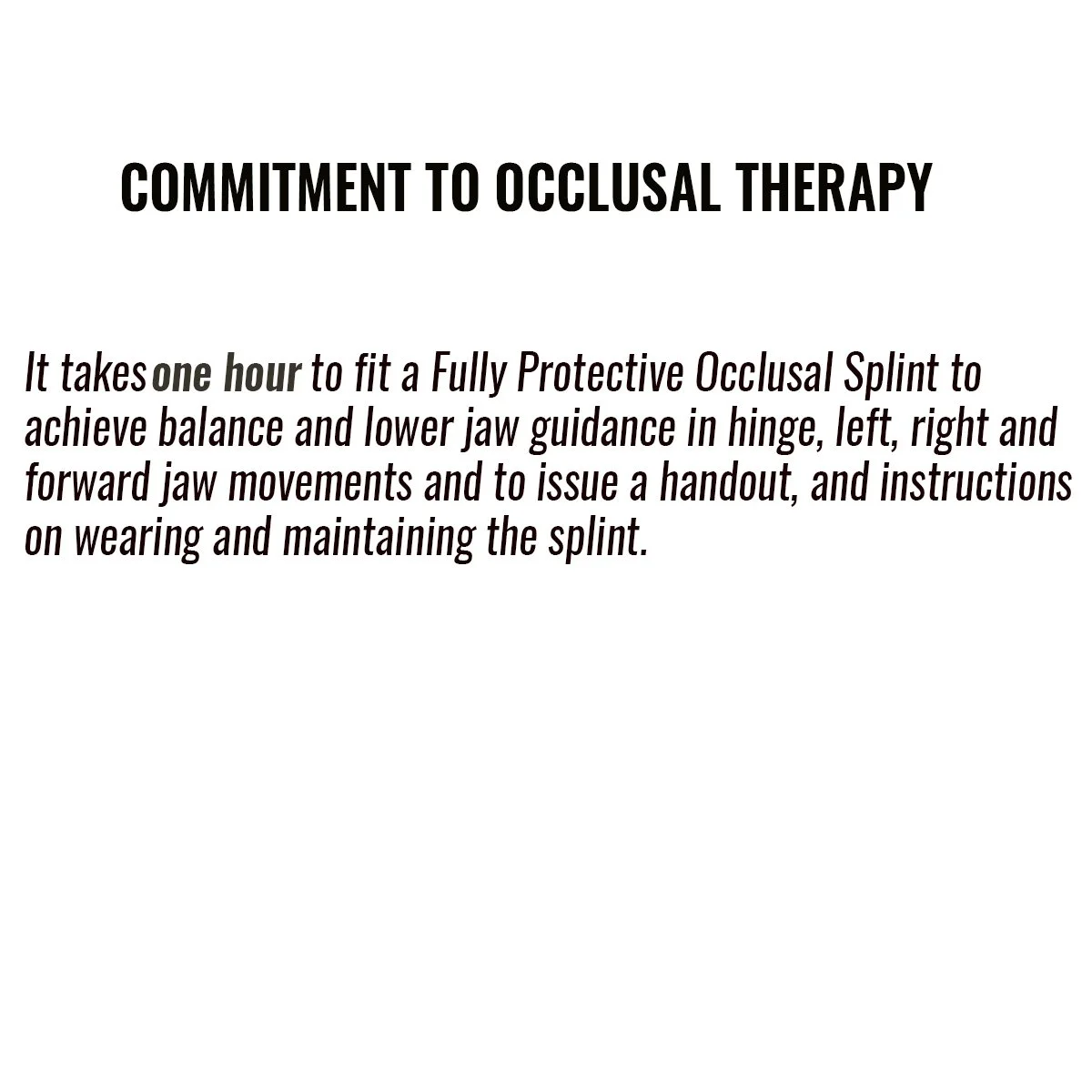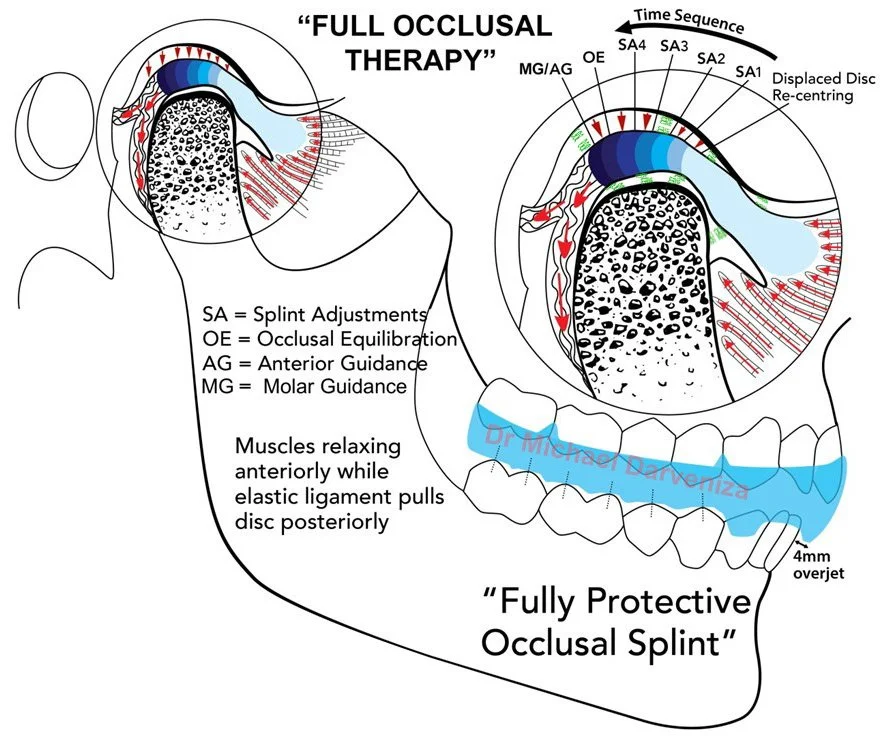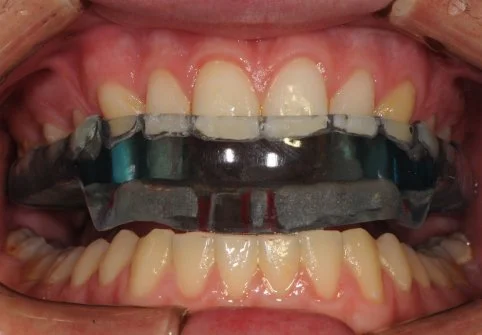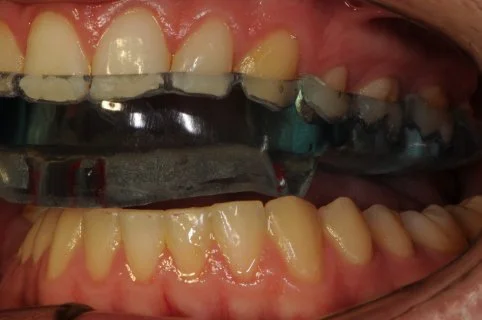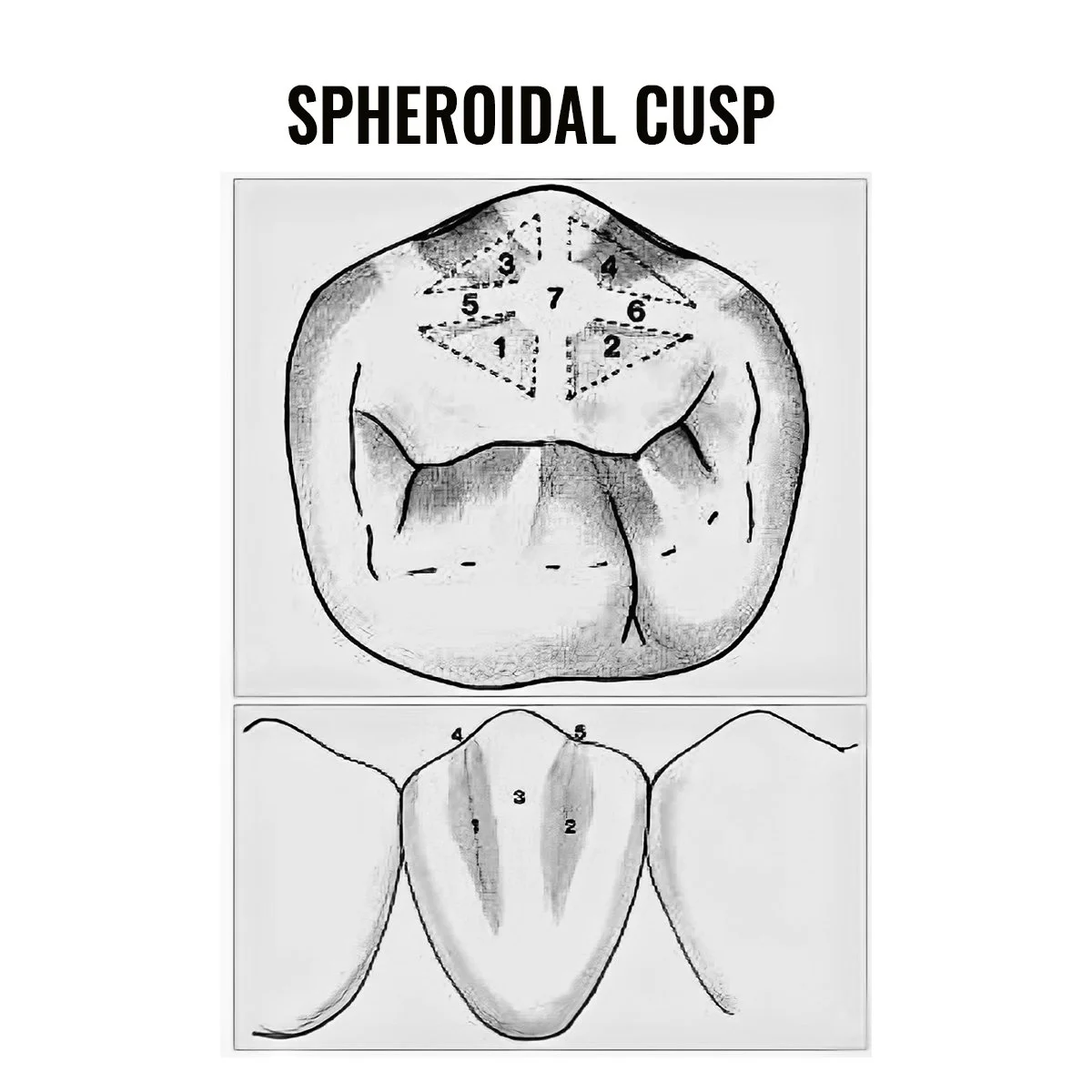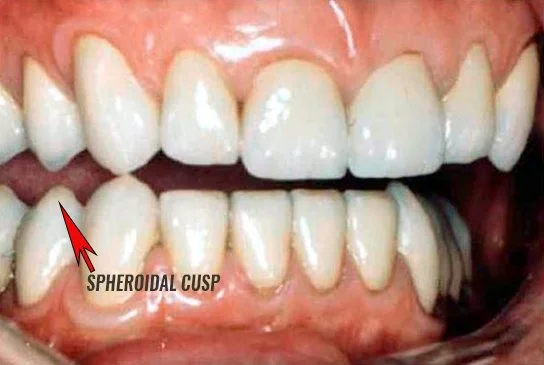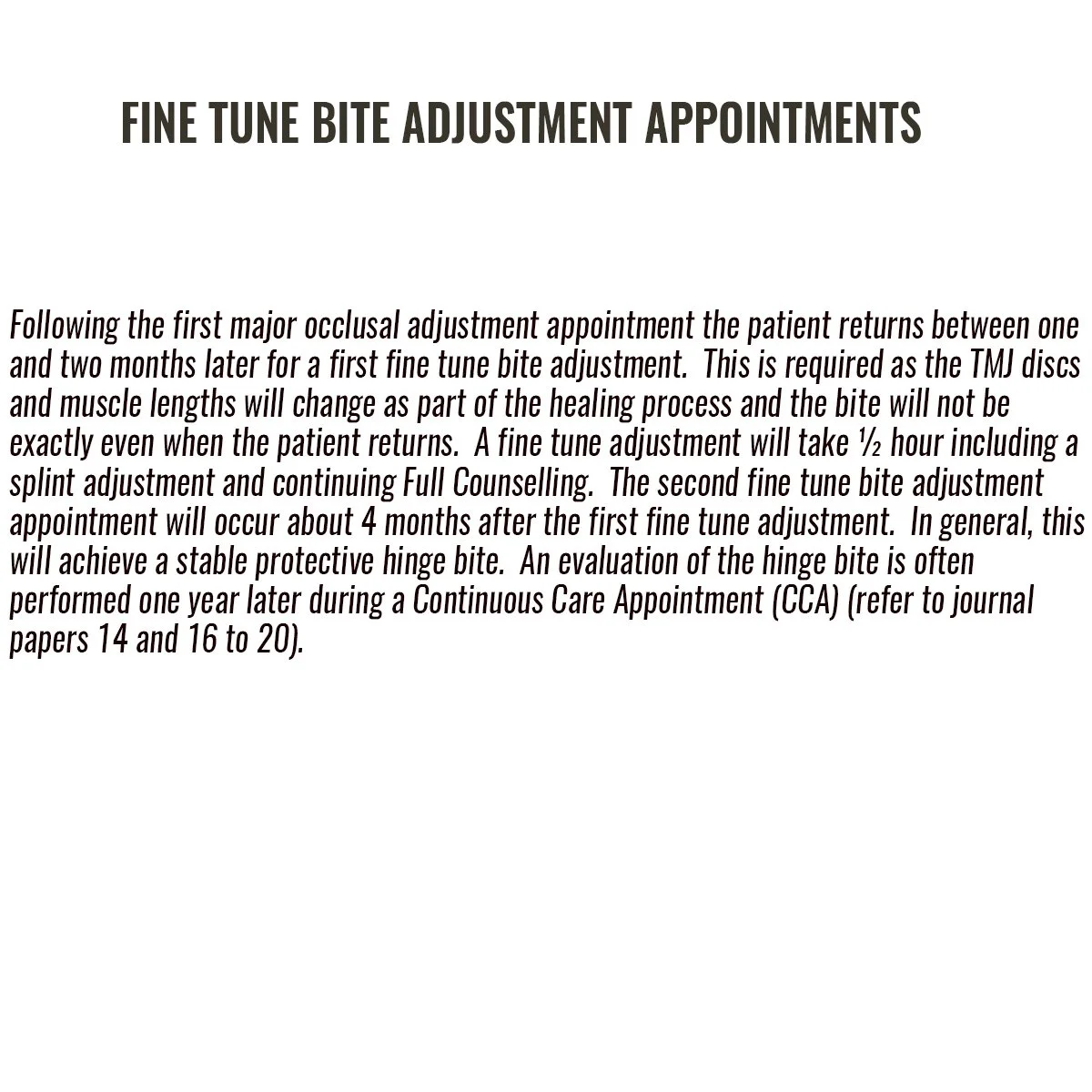Dr. Michael Darveniza PhD, MDSc (Qld), FRACDS
PROSTHODONTIST
“Specialising in crowns, bridges & implants”
www.yourdentalspecialistlismore.com.au
Scroll down and use the arrows to view the different case studies from the beginning to the successful end of the patients treatment.
COMPOSITE RESIN OVERLAYS
PROTECTIVE CROWNS FOR BIO-DESIGNING LEFT AND RIGHT JAW MOVEMENTS
COMPOSITE RESIN OVERLAYS AND A CROWN
CROWNS and BRIDGES - OCCLUSAL RECONSTRUCTION WITH 4 BRIDGES
IMPLANT CROWNS, BRIDGES, DENTURES
Implant Componentry
Single implant crown front tooth and full occlusal reconstruction with crowns and composite overlays
Single implant crown front tooth
Single implant crown to replace a right front tooth
Implant bridge - Fixed 4 unit cemented zirconia bridge following rebuilding lower jaw after cancer surgery
IMPLANT DENTURES
There are two basic types of implant dentures:
1. Implant dentures that are screwed into the implant fixtures making the denture not removeable by the patient but only removeable by the Dentist is called a conventional implant denture, usually All-on-4 implants.
2. Implant dentures that are removeable by the patient but fixed in while chewing etc are called Fixed-Removeable Implant Dentures and are termed by Dr. Darveniza as HYGIENIC implant dentures.
Fixed Implant denture screw retained – only removeable by dentist
Fixed–Removeable Hygienic Implant Denture – Telescopic Denture Design - with titanium Atlantis abutments and nylon friction sleeves in a pink zirconia denture base and white zirconia teeth mounted on a titanium frame.
Fixed–Removeable Hygienic Implant Denture – Telescopic Denture Design - with titanium Atlantis abutments and Syncone gold caps and acrylic resin denture base and teeth.
TMJ = Temporomandibular Joint = Jaw Joint
The human jaw joint is a complex joint in the body as it not only hinges in hinge bite but also translates (moves out of the centre of the joint in a straight or curvilinear path) during left, right and forward bites. It relies on the TMJ disc located between the cup and head of the jaw joint which is composed of extremely hard fibrocartilage with different thicknesses. The front of the disc is about 2 mm thick and attaches to the lateral pterygoid muscle. The centre of the disc it is about 1 mm thick and this is where the head (condyle) of the jaw joint rests in hinge bite. The back of the disc is about 3 mm thick and it attaches to the posterior elastic ligament. This elastic ligament is responsible for relocating the disc back into the centre of the jaw joint following translation in left, right and forward bites. The position of the teeth is important in maintaining the head and disc in the centre of the jaw joint. If in hinge bite for example only the last molar tooth makes contact first (called a premature contact in the diagram) then this will throw out the lower jaw off centre and the position of the disc. When the disc is off centre it is called a displaced disc.
This diagram illustrates a disc that is displaced out of the socket and the elastic ligament is very stretched because the first contacting molar tooth in hinge bite has been avoided by the lower jaw. The lower jaw has moved forward and to one side to escape this erroneously positioned tooth. The result as displayed in this diagram shows all the teeth meshing to be able to now eat. However, the head is no longer positioned in the centre of the jaw joint and the disc is displaced. The patient now has a clicking disc and the beginning of a TMJ Disorder which is abbreviated TMD.
Full Occlusal Therapy for a Temporomandibular Disorder (TMD)
A TMJ Disorder patient requires conservative management with “Full Occlusal Therapy” in 3 stages along with concurrent Full Counselling (refer to journal papers 19 and 20). In other words, we need to get the disc back into the centre of the joint where it belongs starting with Full Counselling and then a Fully Protective Occlusal Splint (Stage 1). This splint is made of acrylic resin (used for dentures) and can be made in clear resin but is usually coloured blue or pink to hide any future discolouration (as in the photos below). The splint usually fits the upper teeth and only one is required.
INTRODUCTION TO OCCLUSAL SPLINTS
Fully Protective Occlusal Splint Therapy - Stage 1 of Full Occlusal Therapy
Occlusal equilibration = Occlusal adjustment = Bite adjustment - Stage 2 of Full Occlusal Therapy
Anterior Guidance or Molar Guidance for Stage 3 of Full Occlusal Therapy
After occlusal equilibration the final stage of Full Occlusal Therapy is to protect the bite, muscles and TMJs by bio-designing anterior or molar lower jaw guidance. This involves key teeth, usually canine or very infrequently molars for lateral guidance of right and left bites or central incisor teeth for protrusive or forward bite. This is performed by increasing the size and shape of these teeth with resin overlays or crowns, where necessary, to guide and restrict cow-like horizonto lateral lower jaw movements or unprotective unilateral protrusive forward jaw movements to prevent future TMJ and muscle damage and symptoms. For more details refer to the case study on CROWNS titled “Protective crowns for bio-designing left and right jaw movements” and journal papers 14 and 21.









